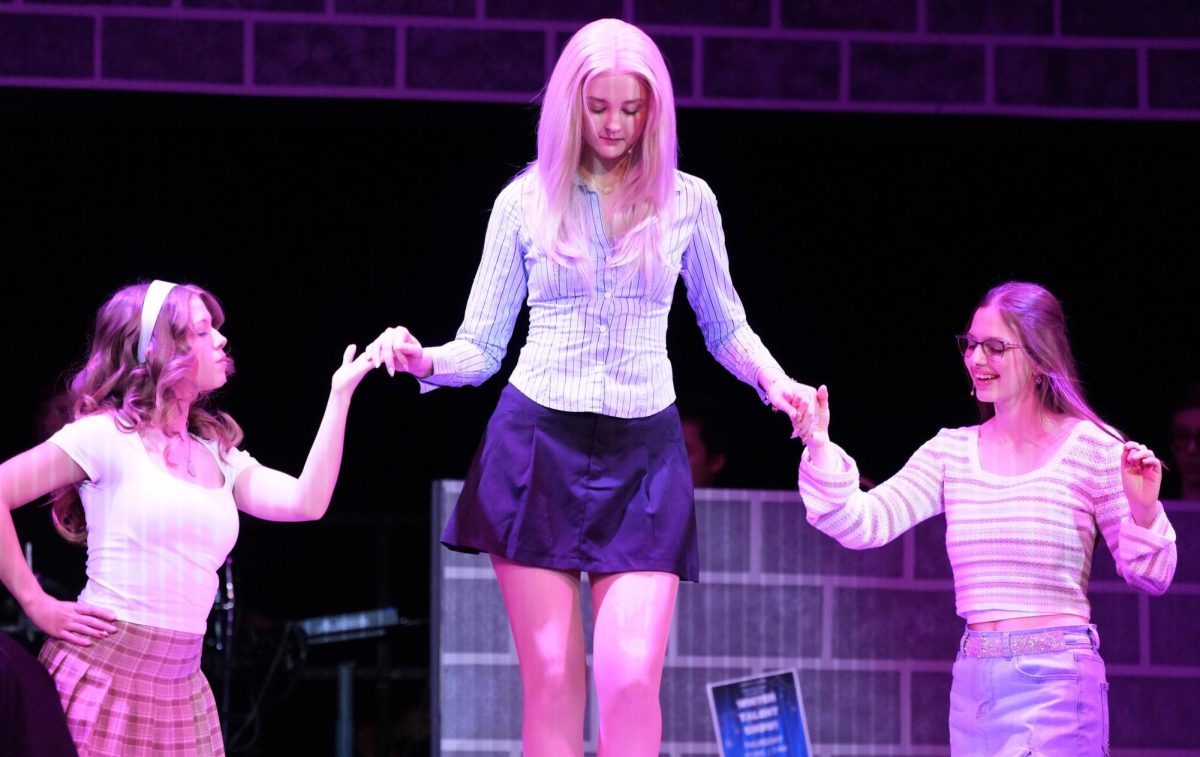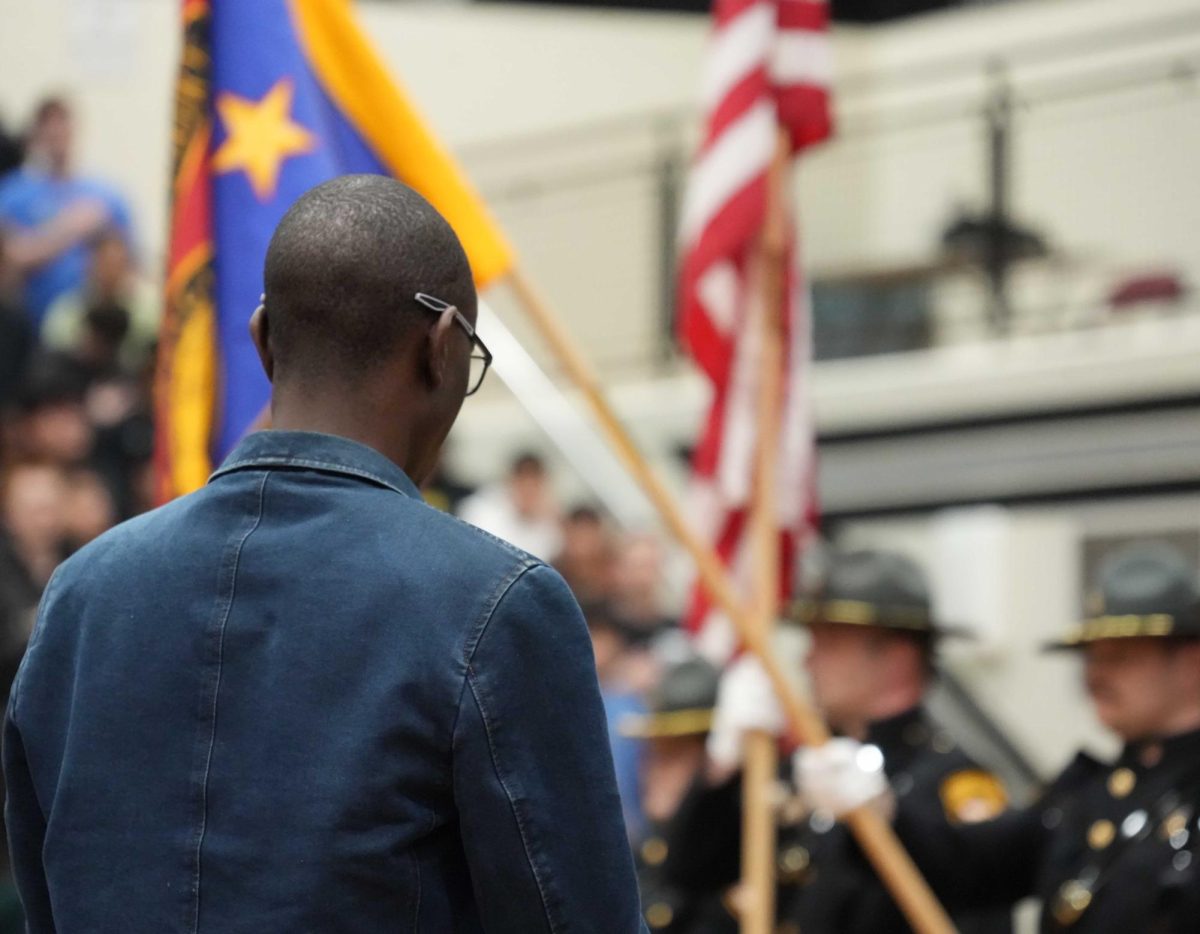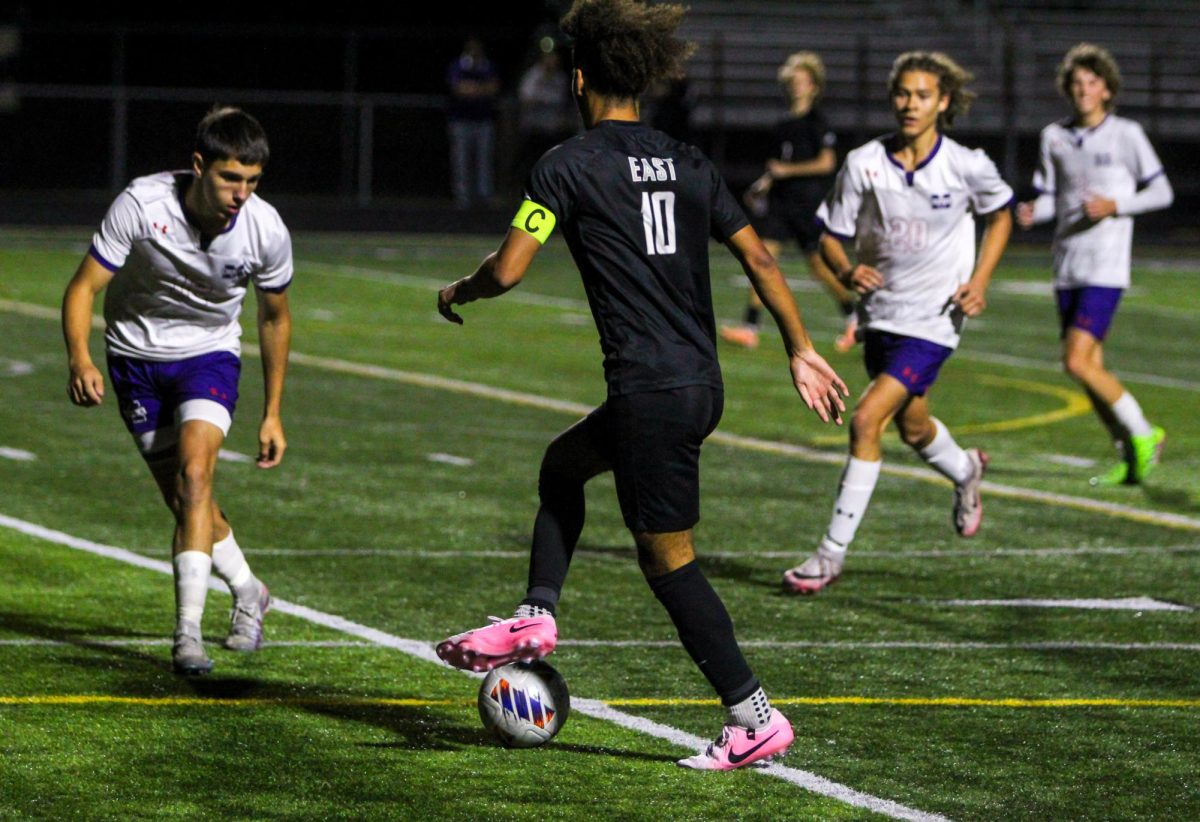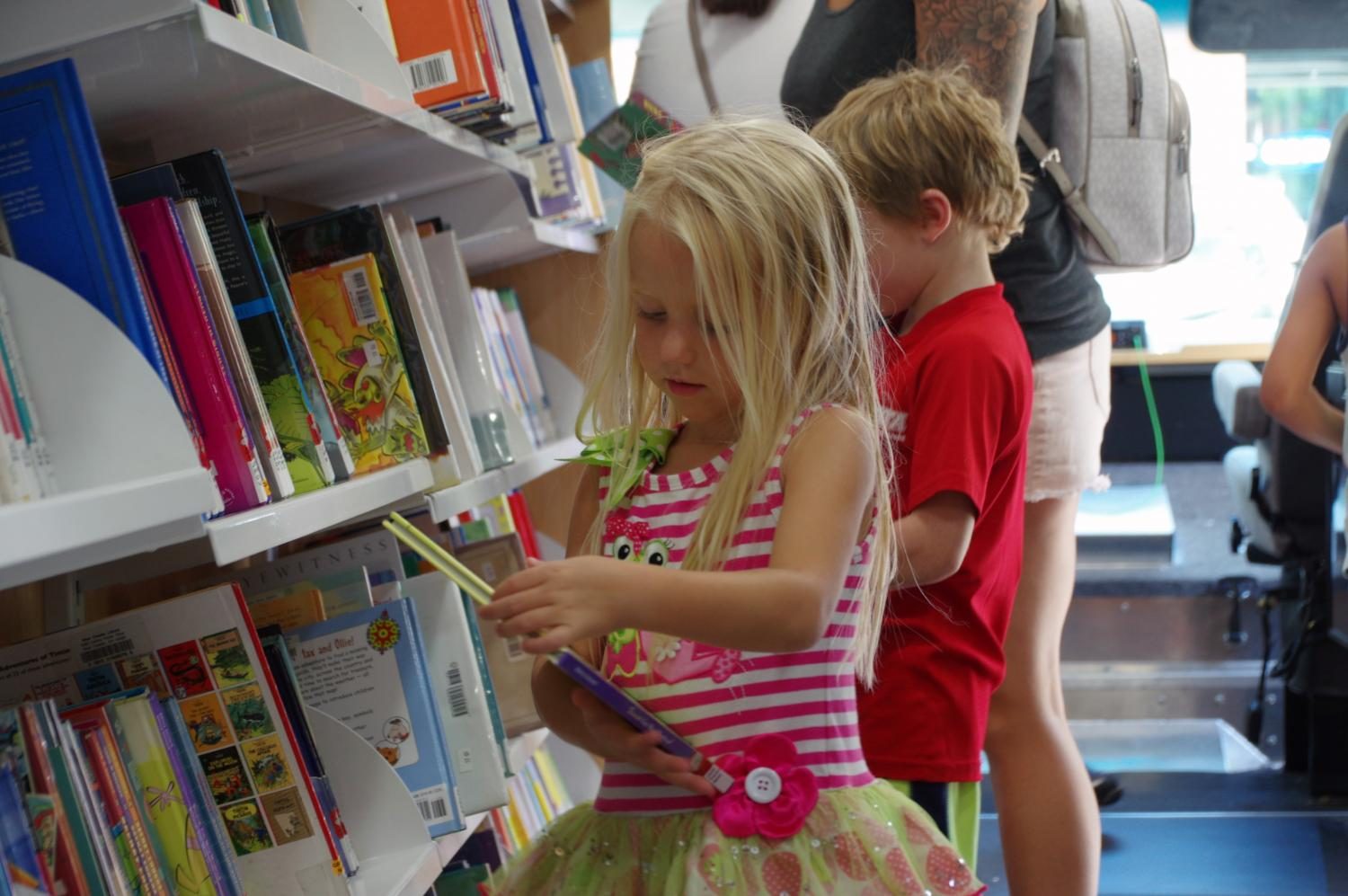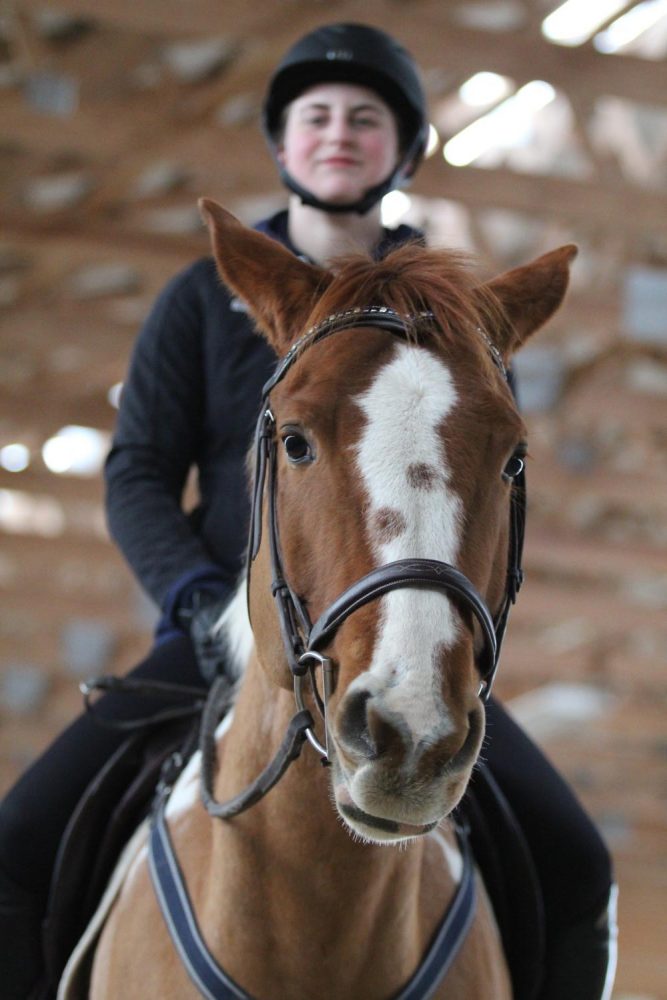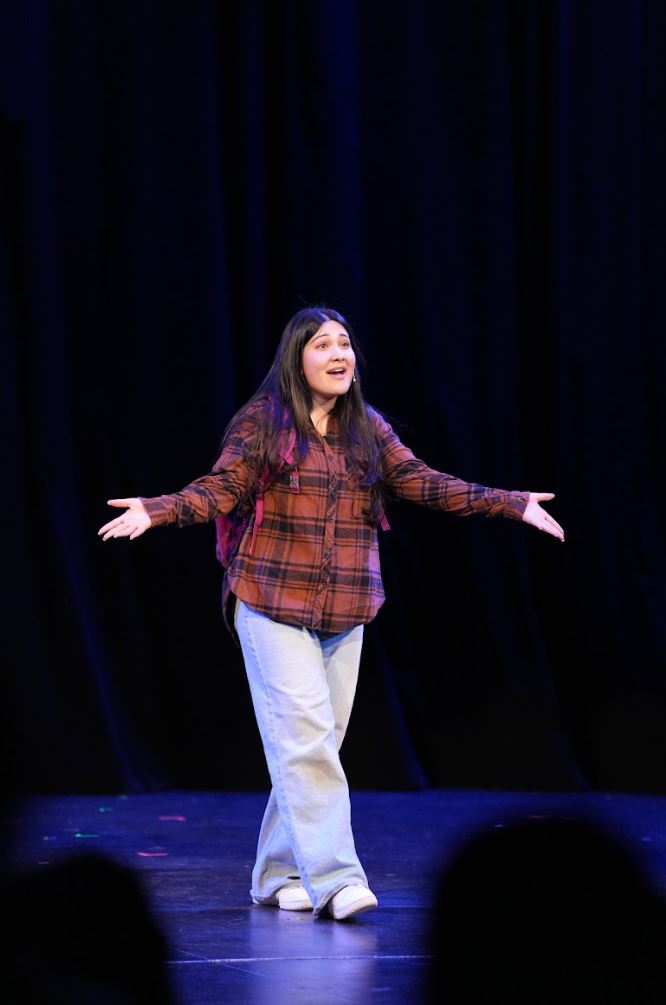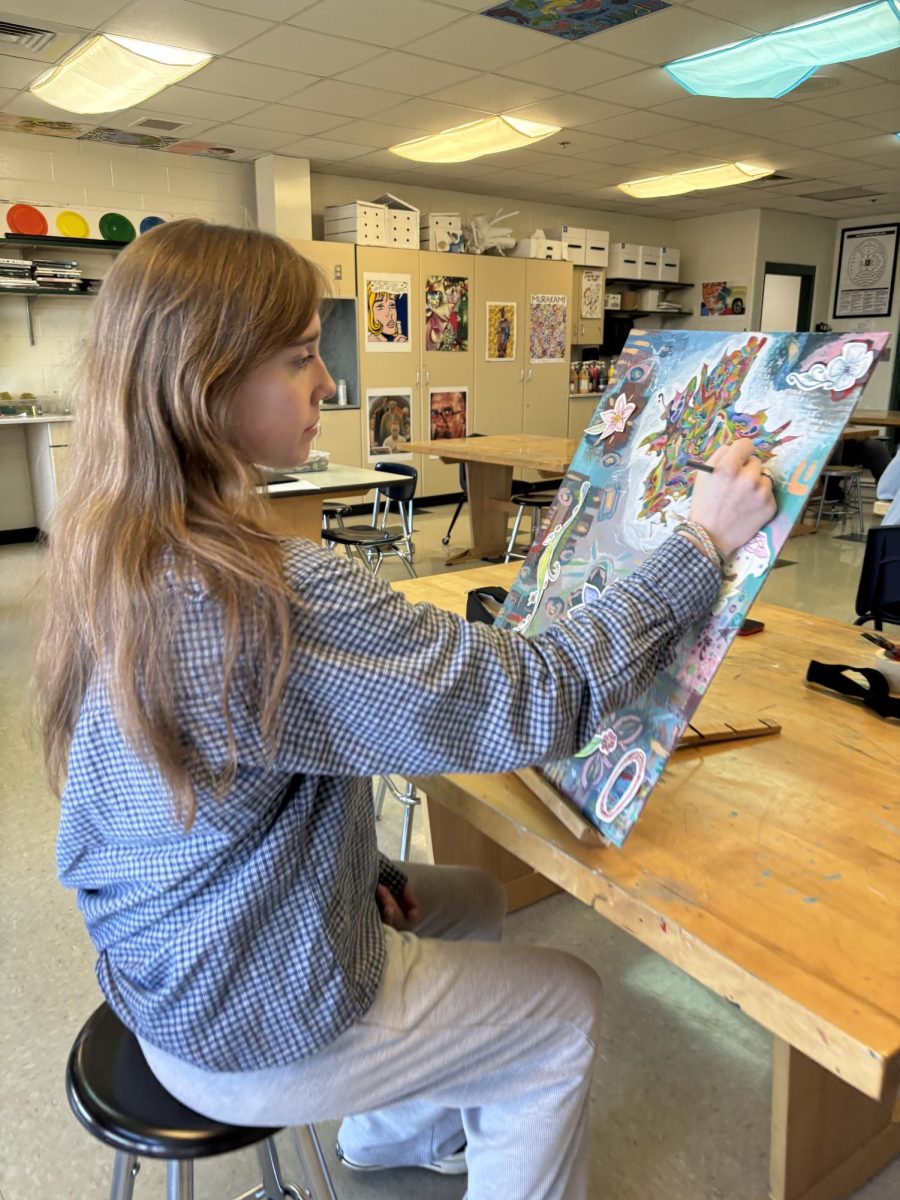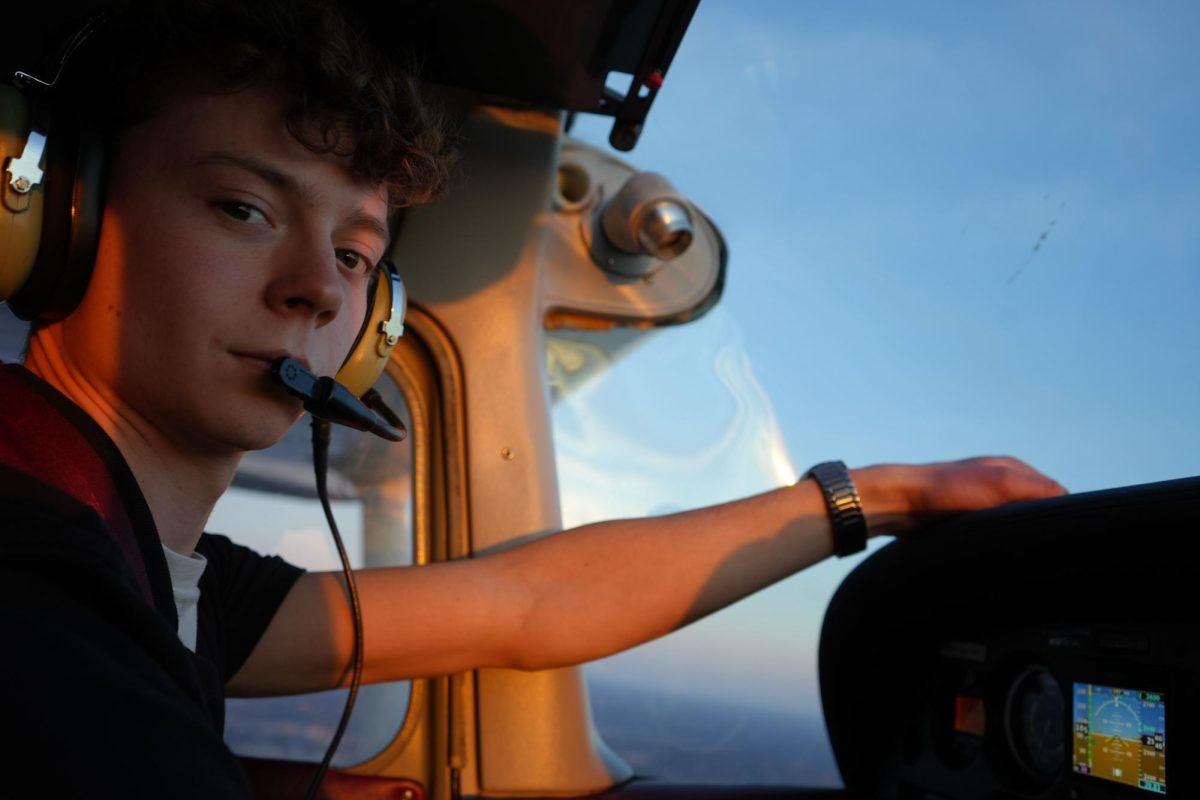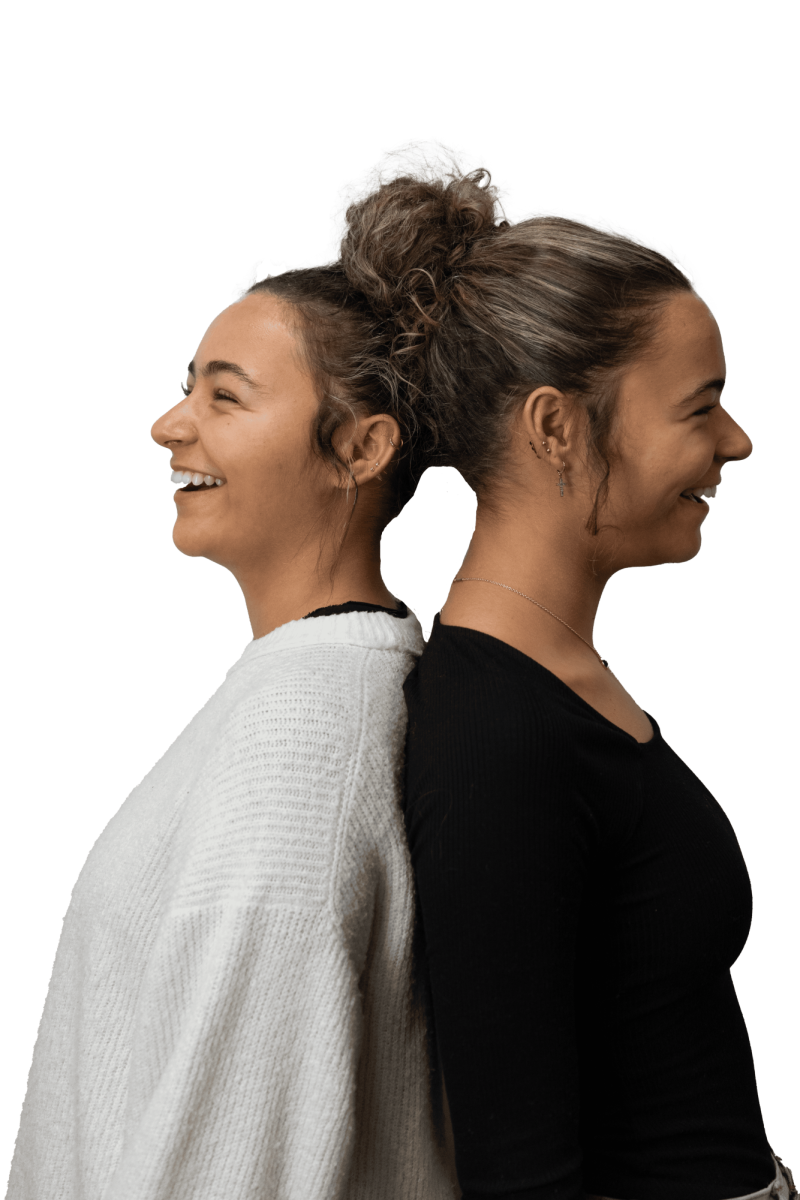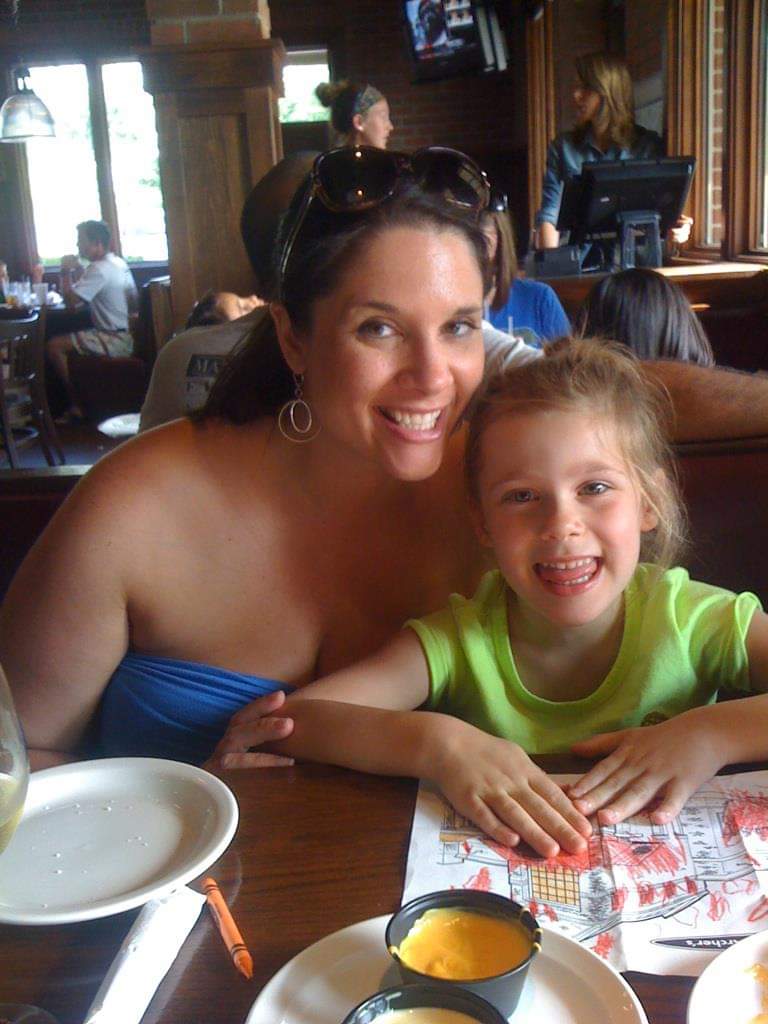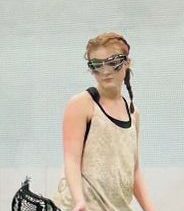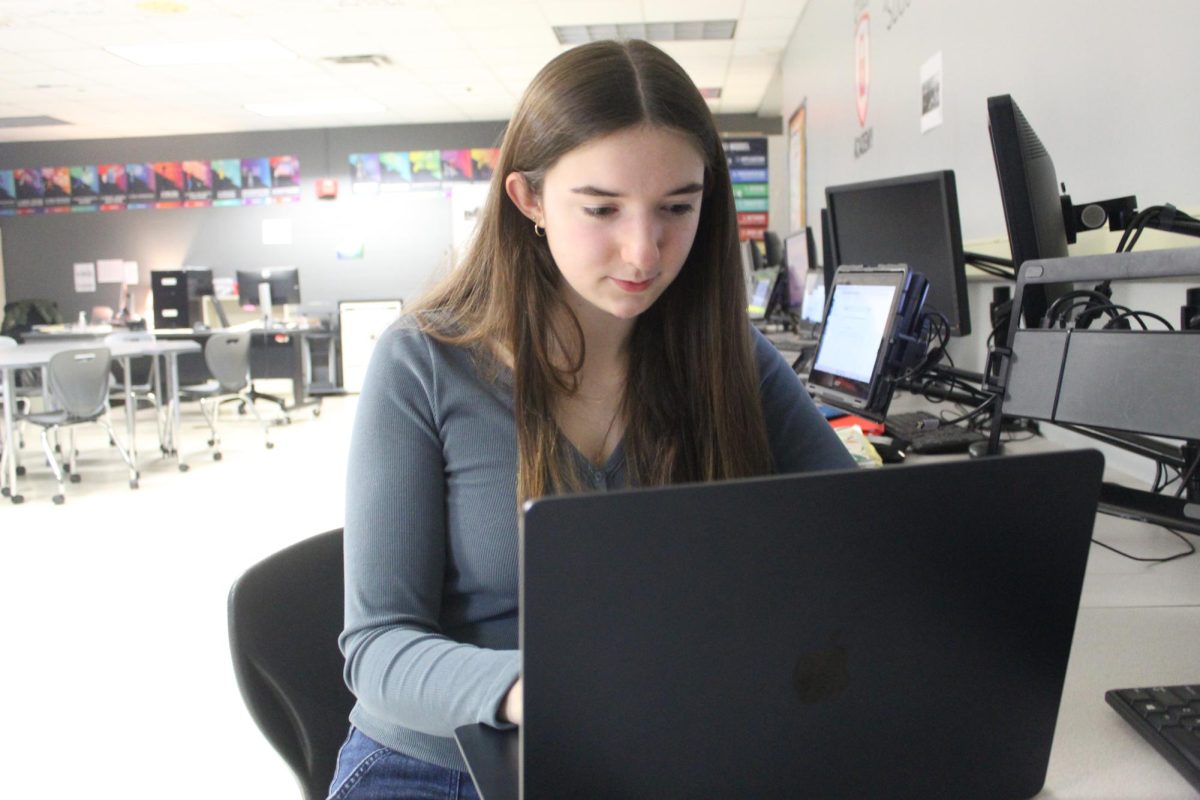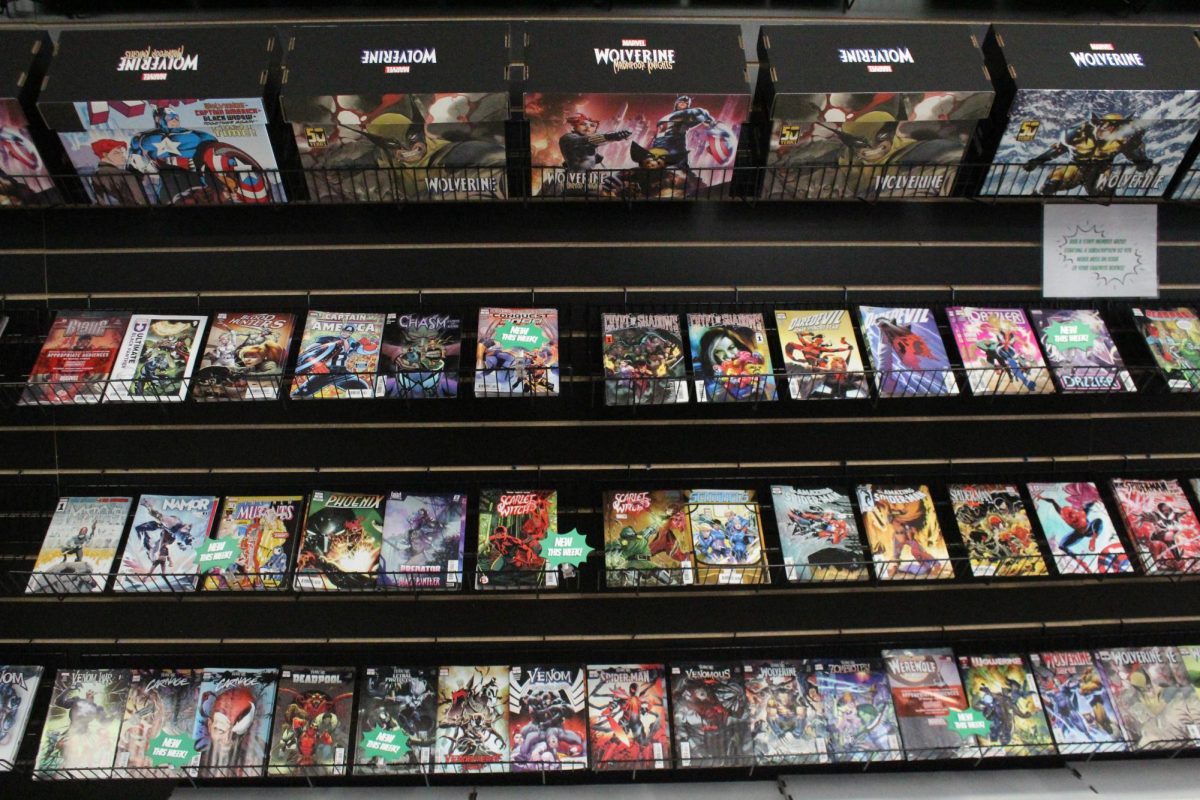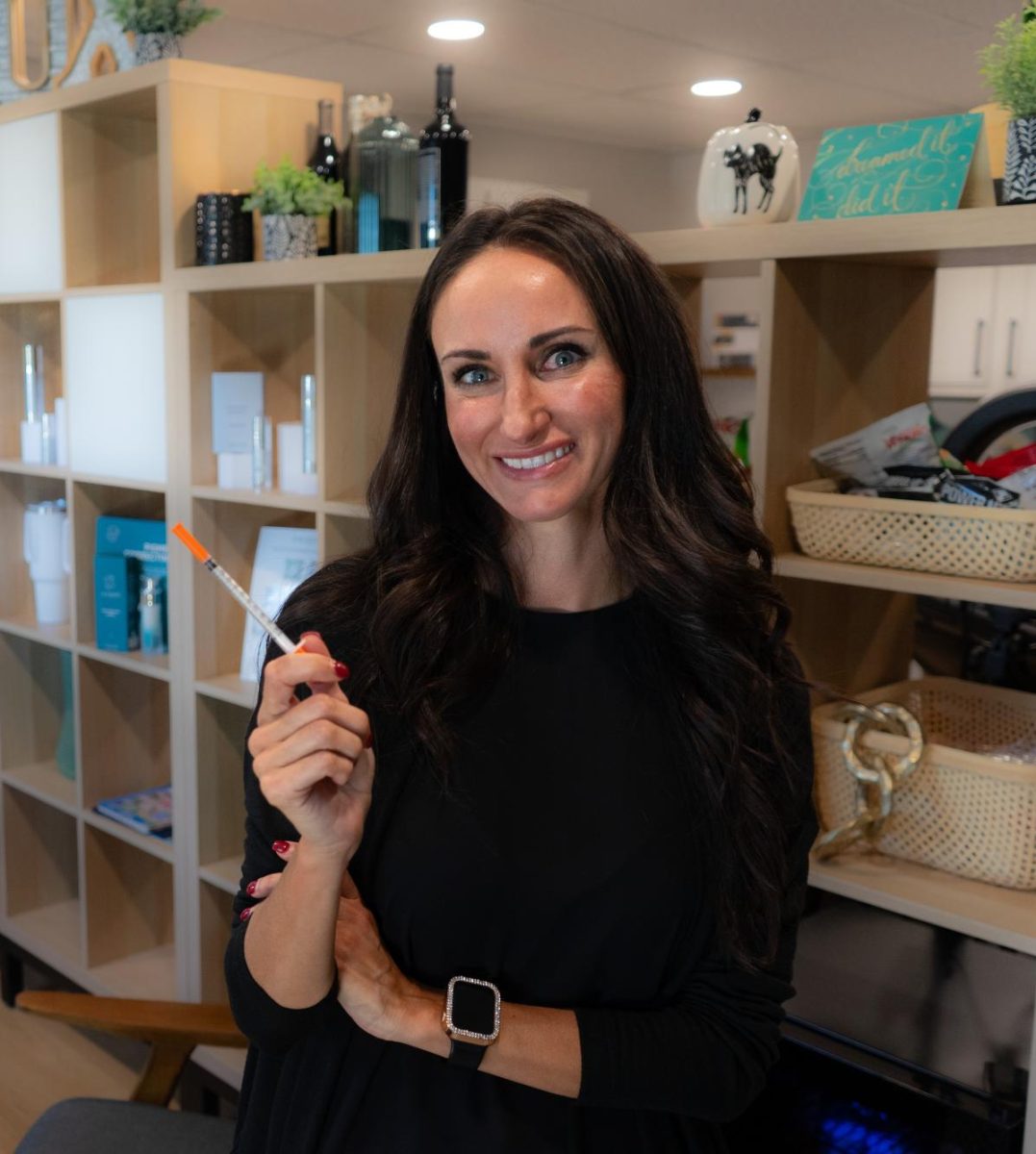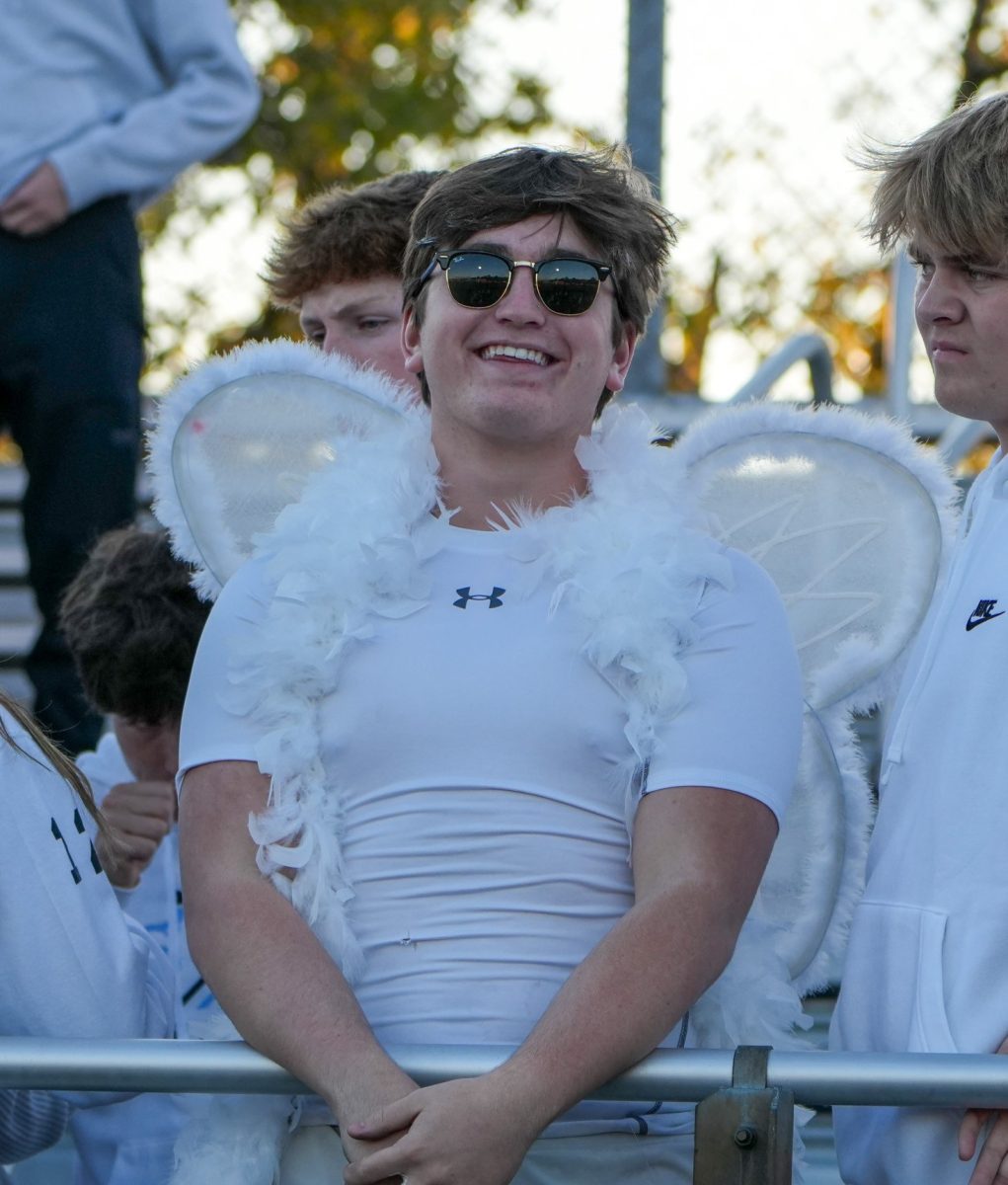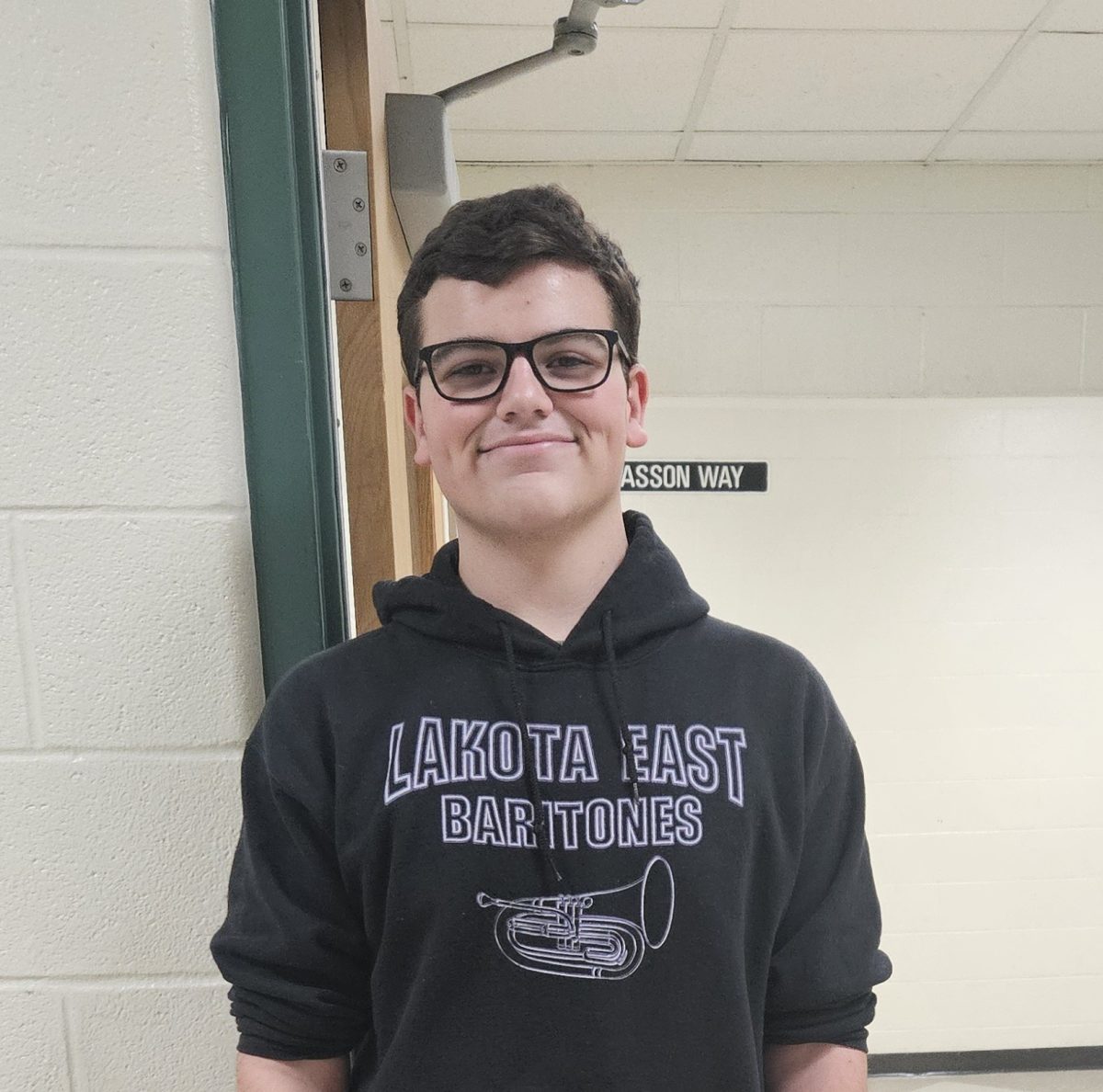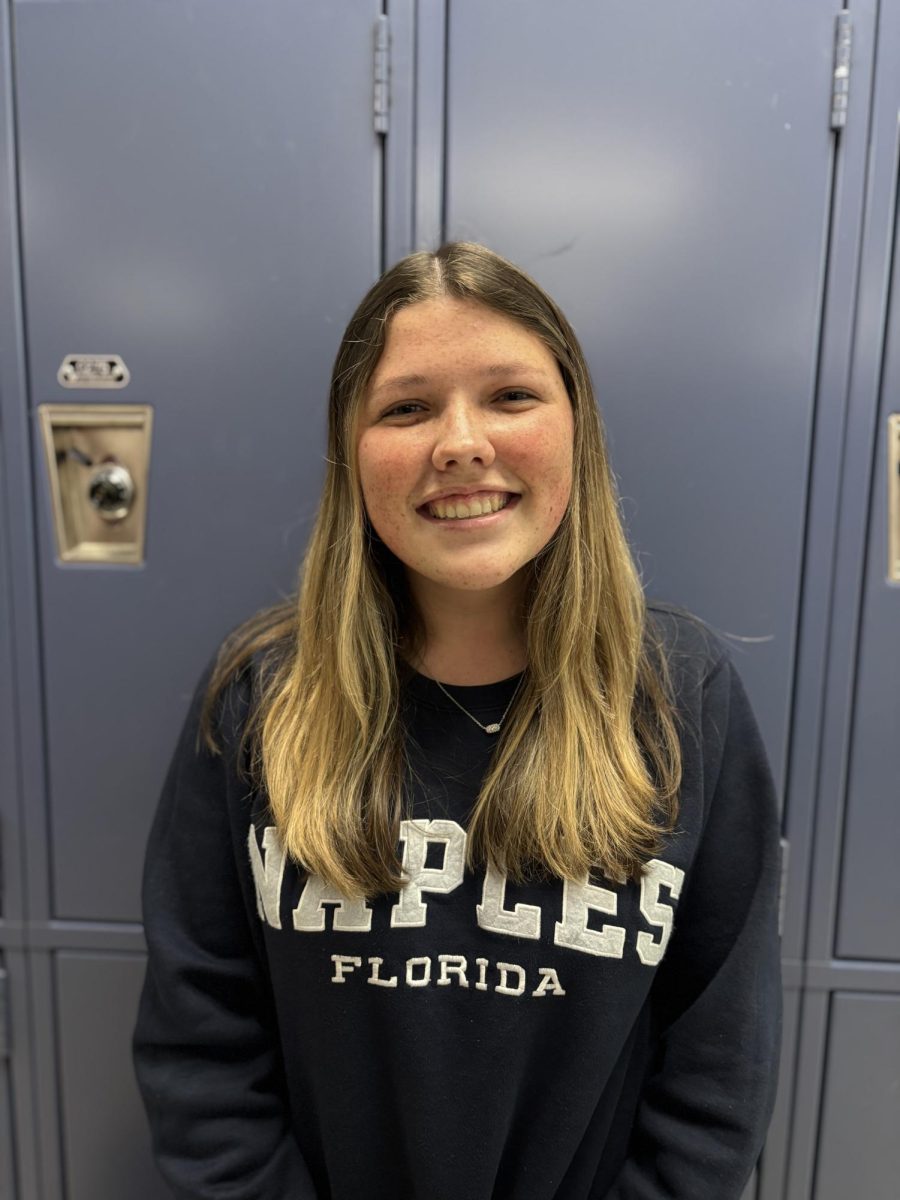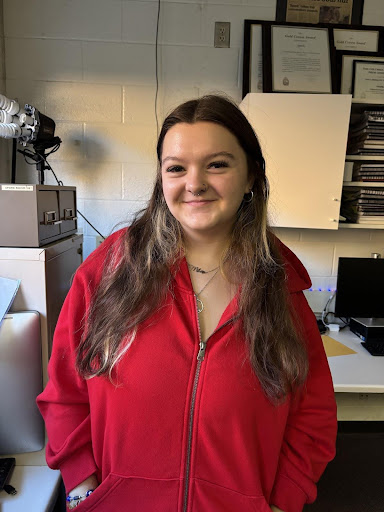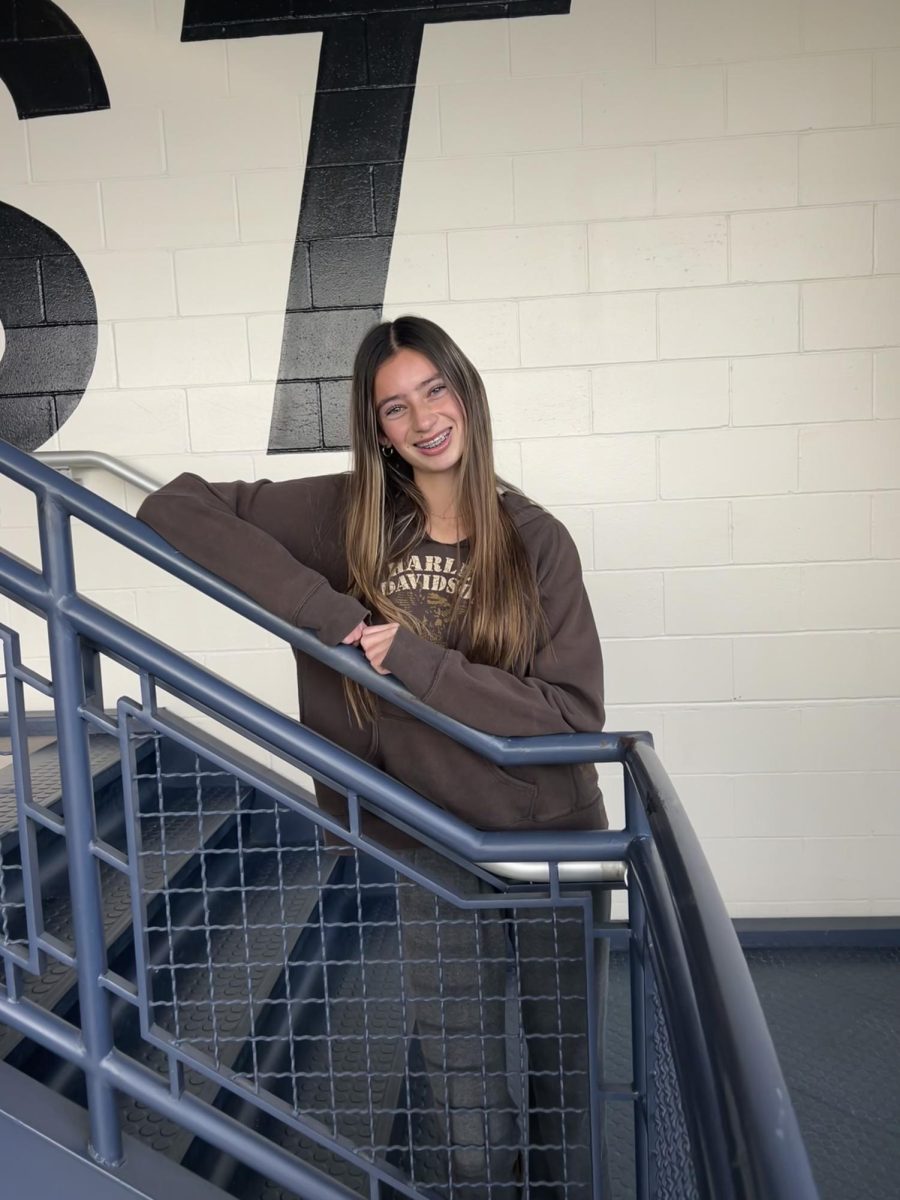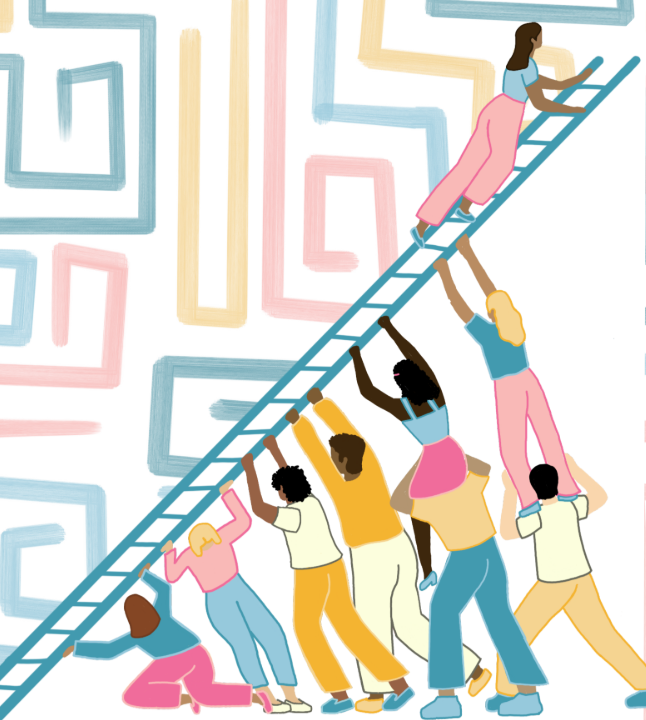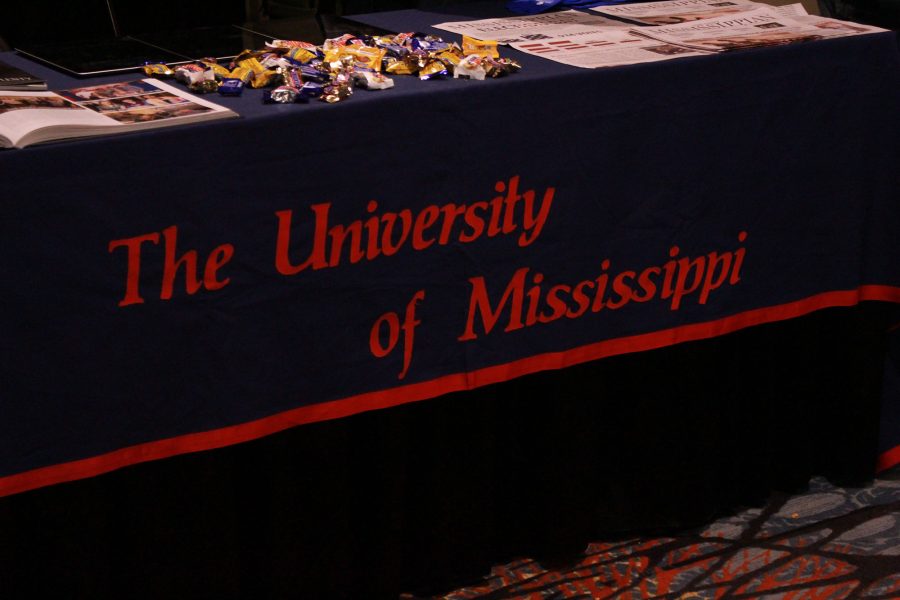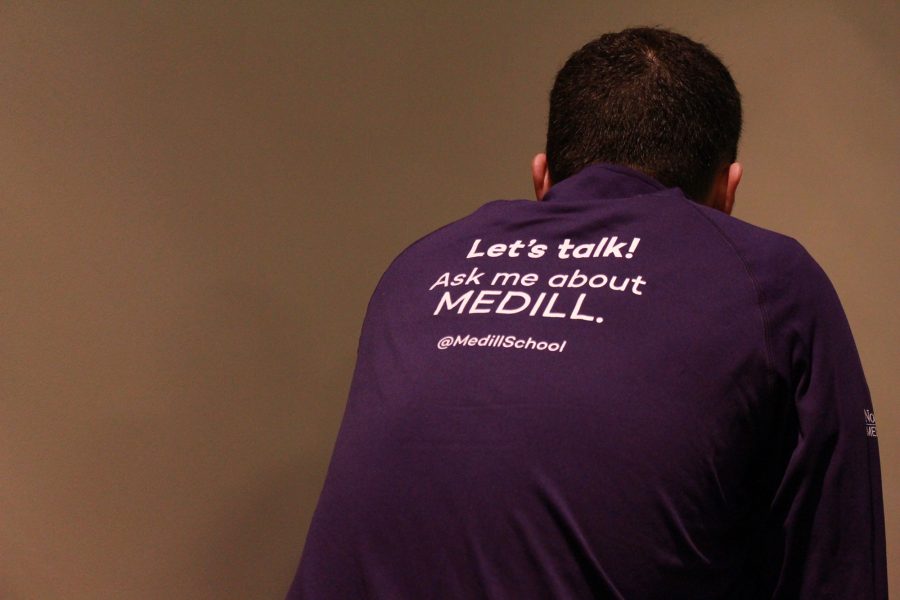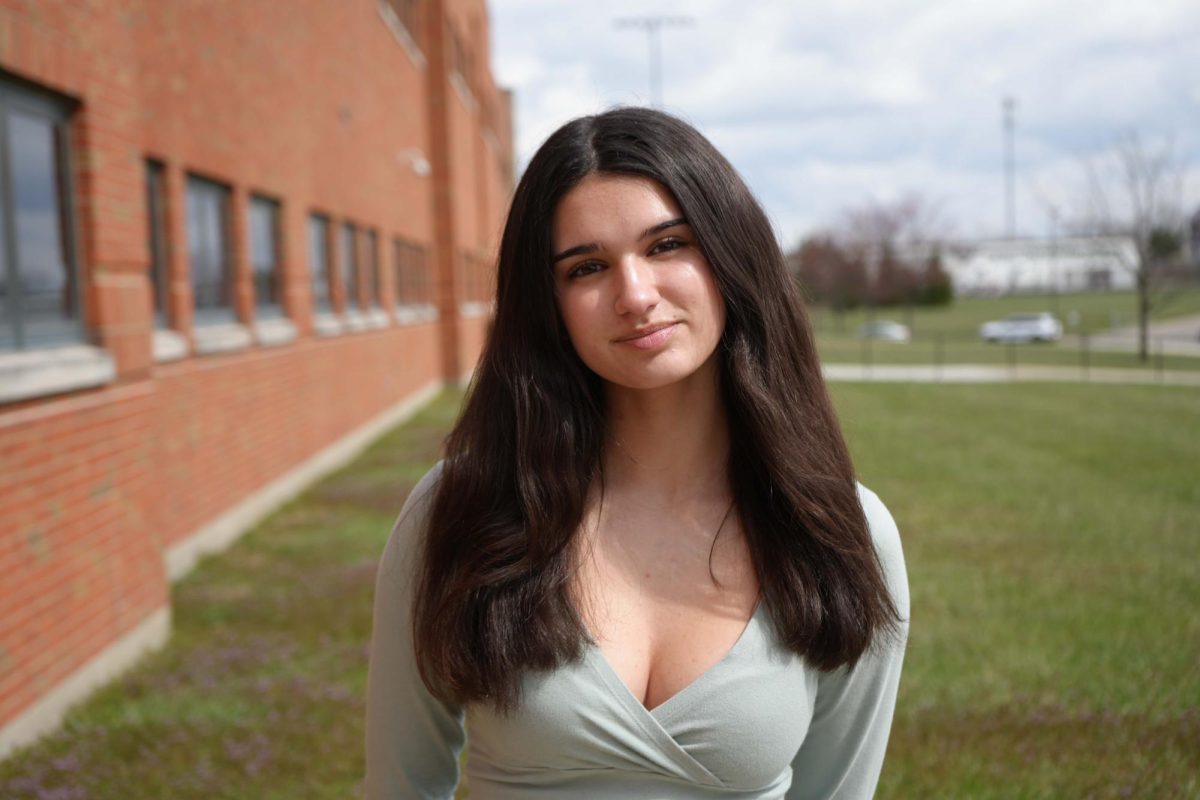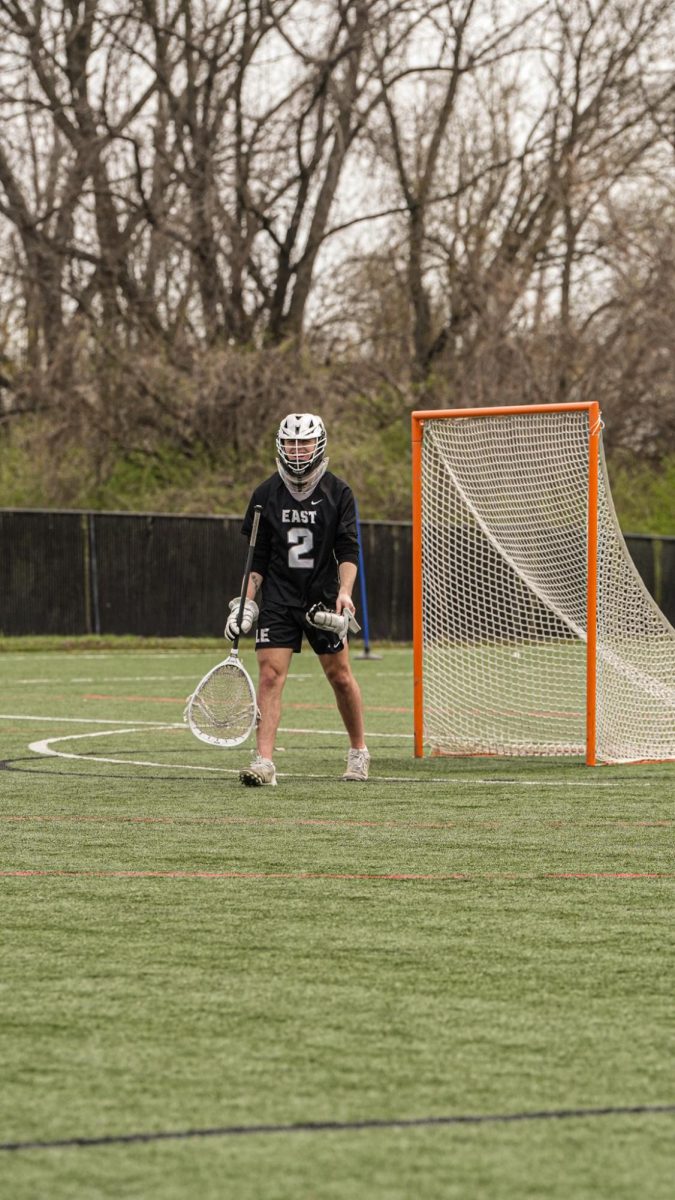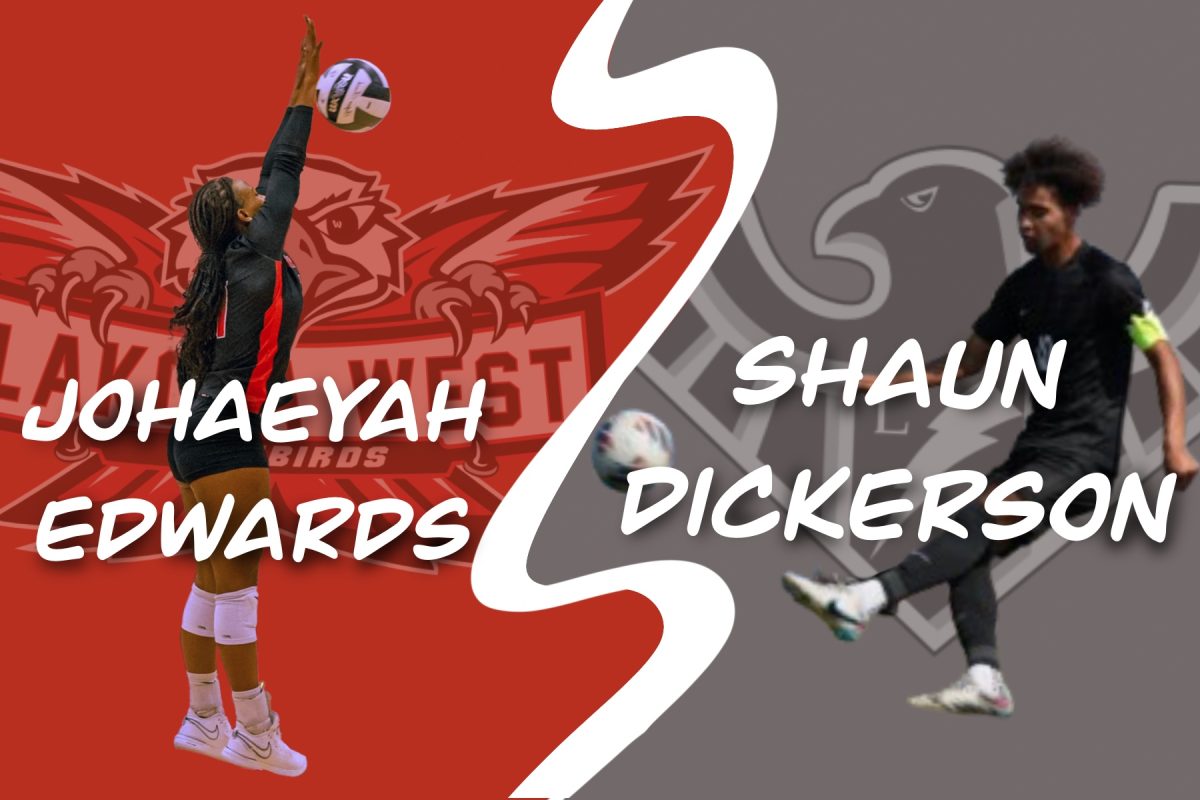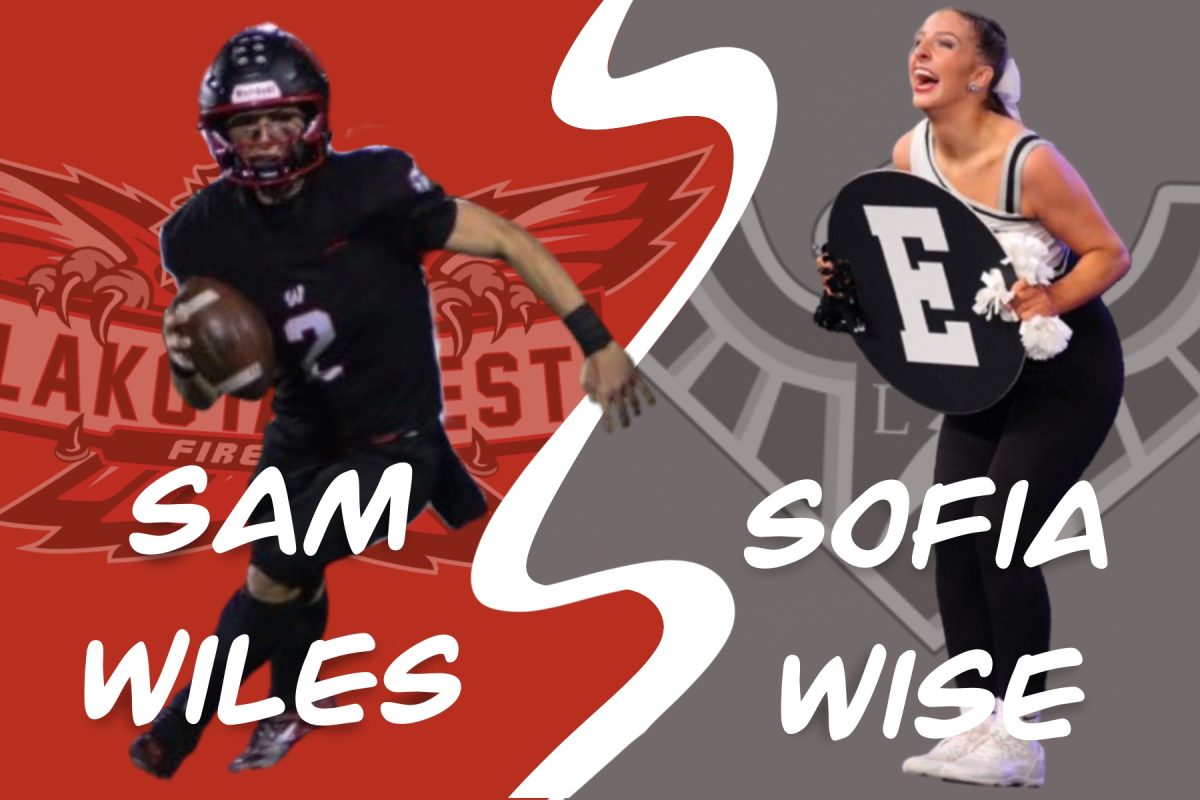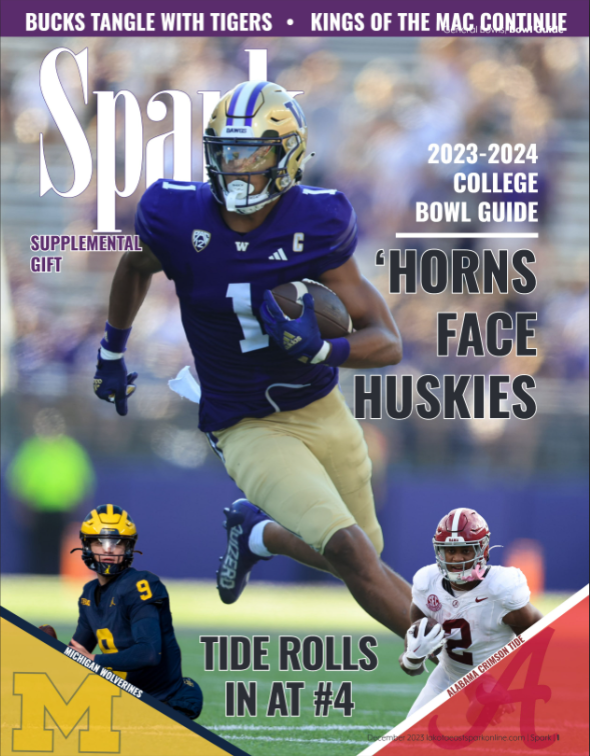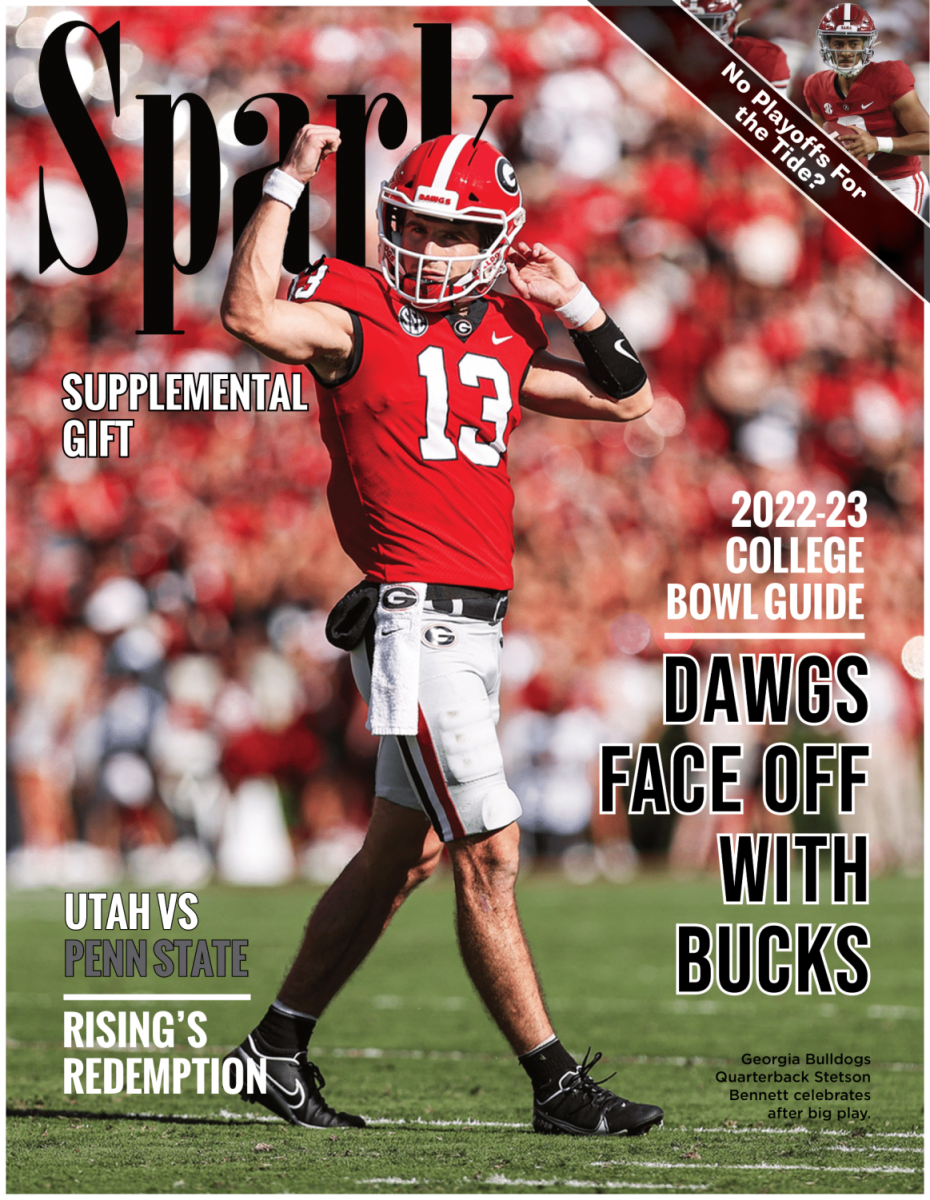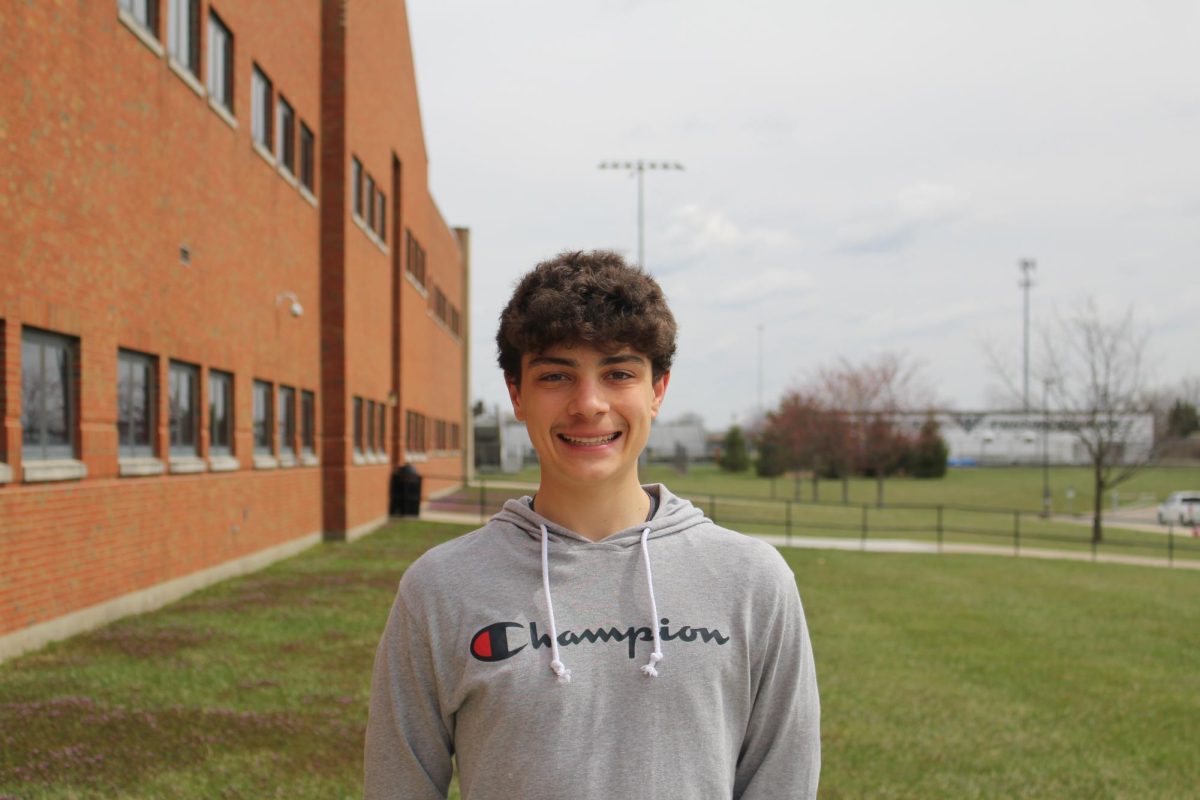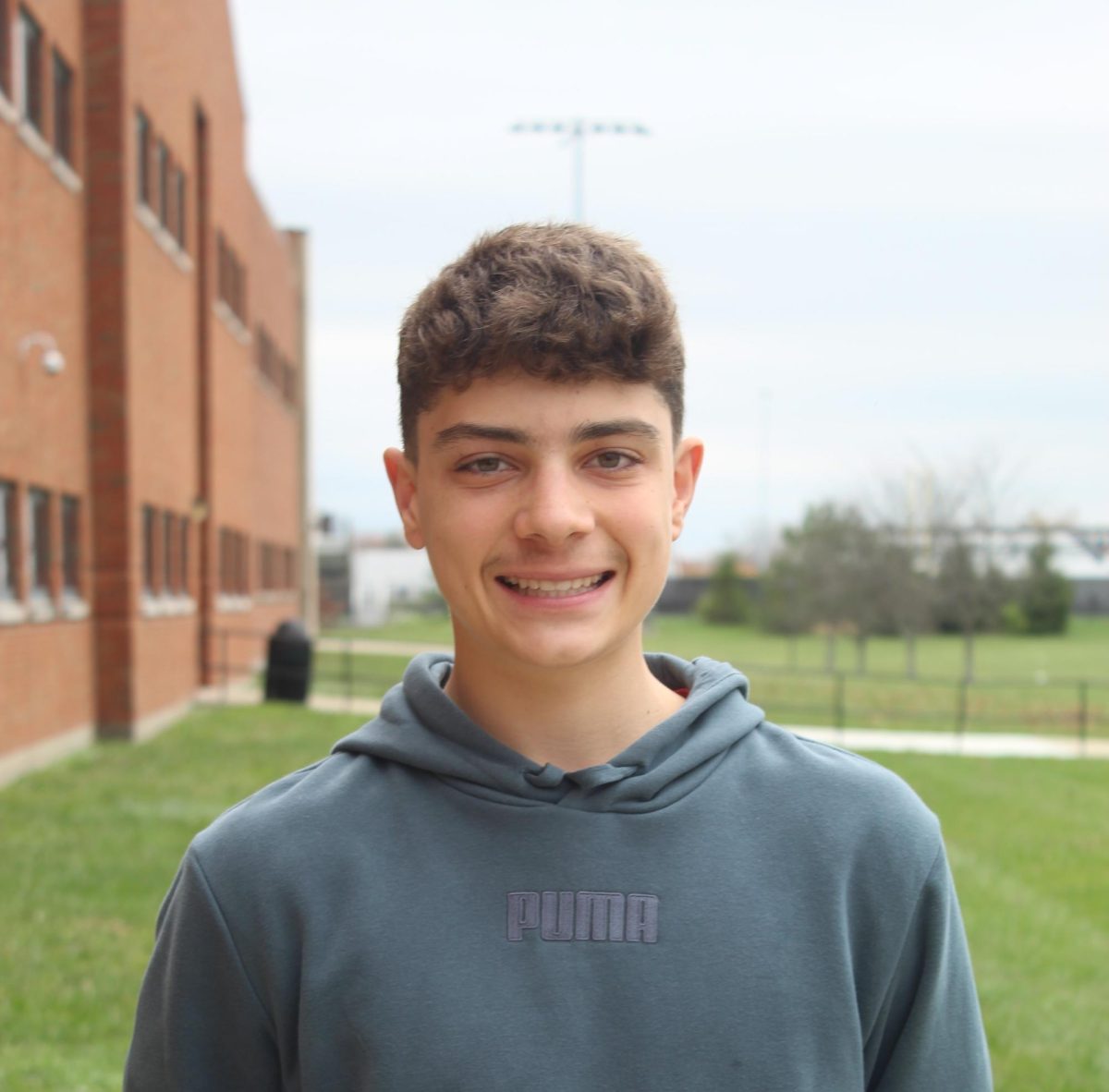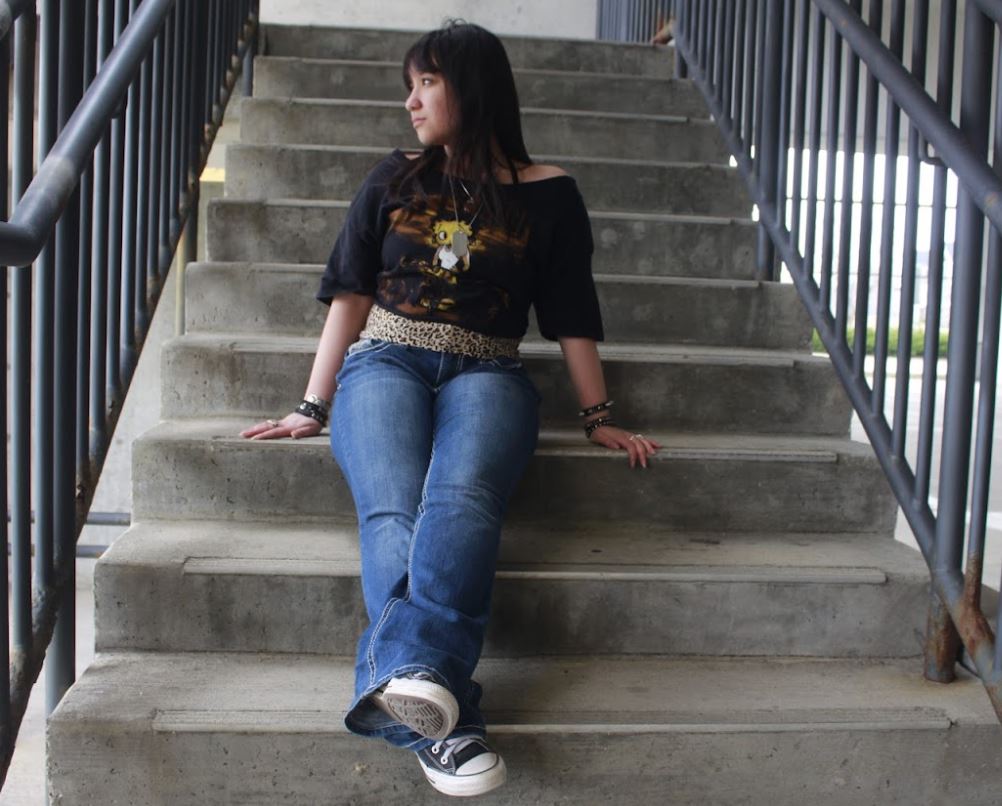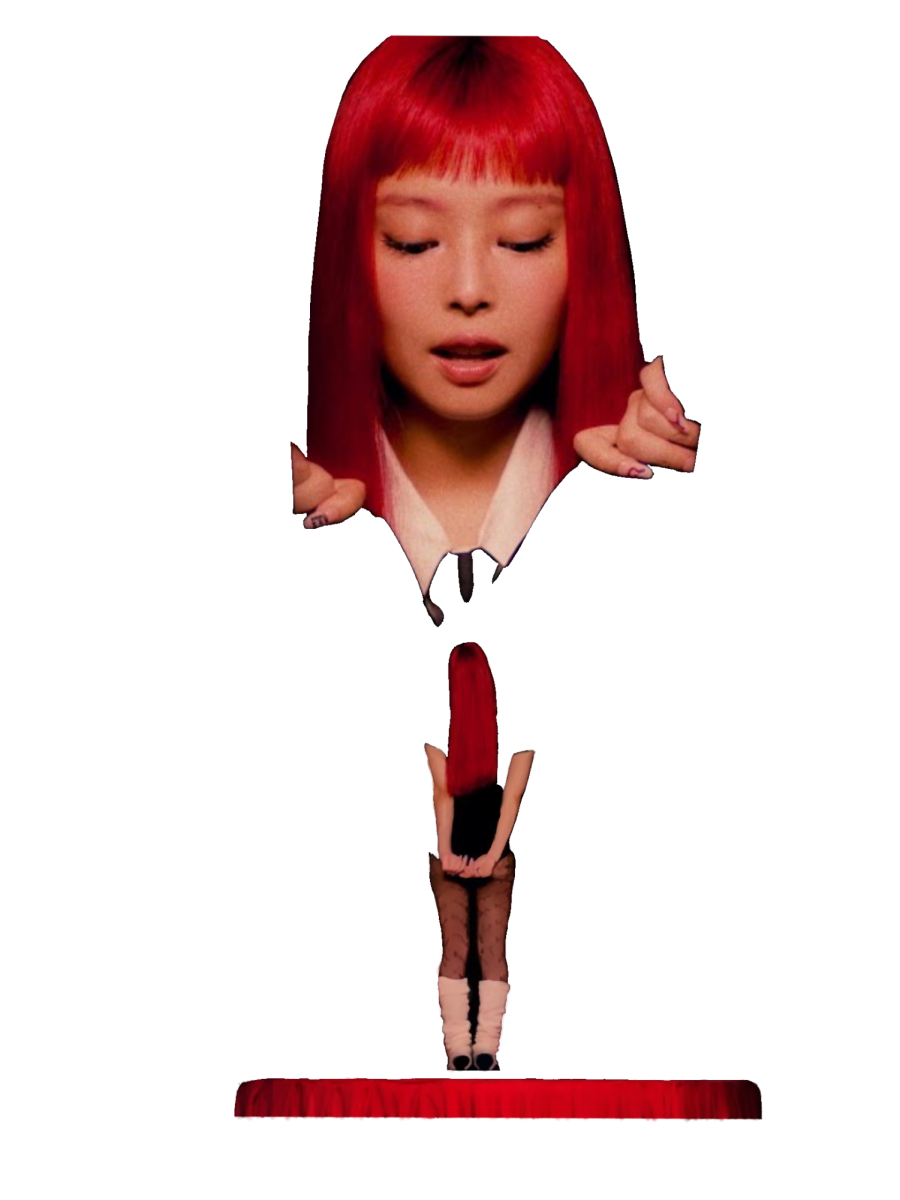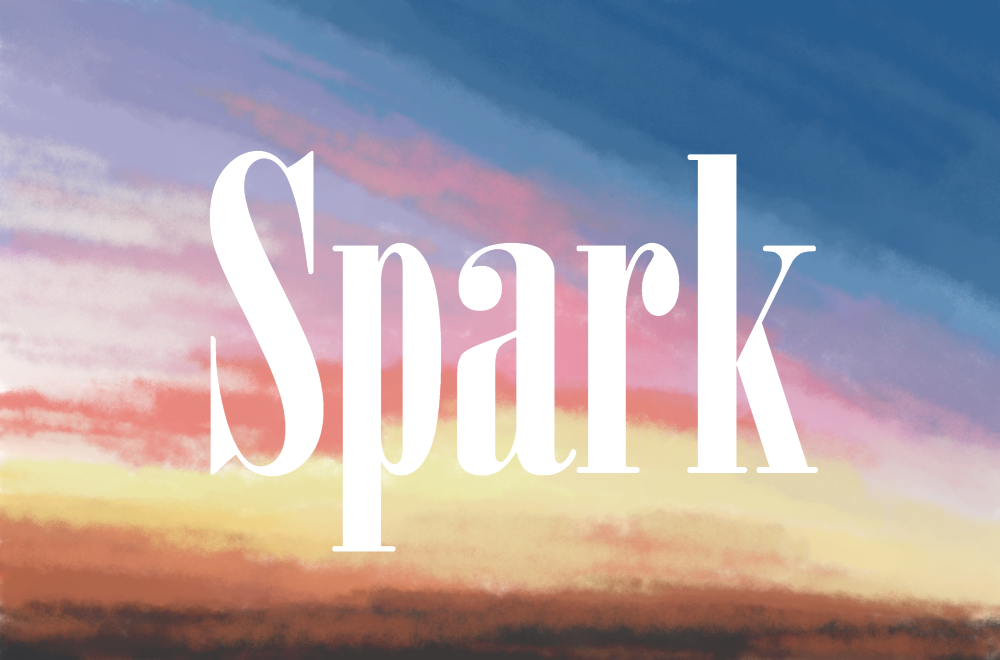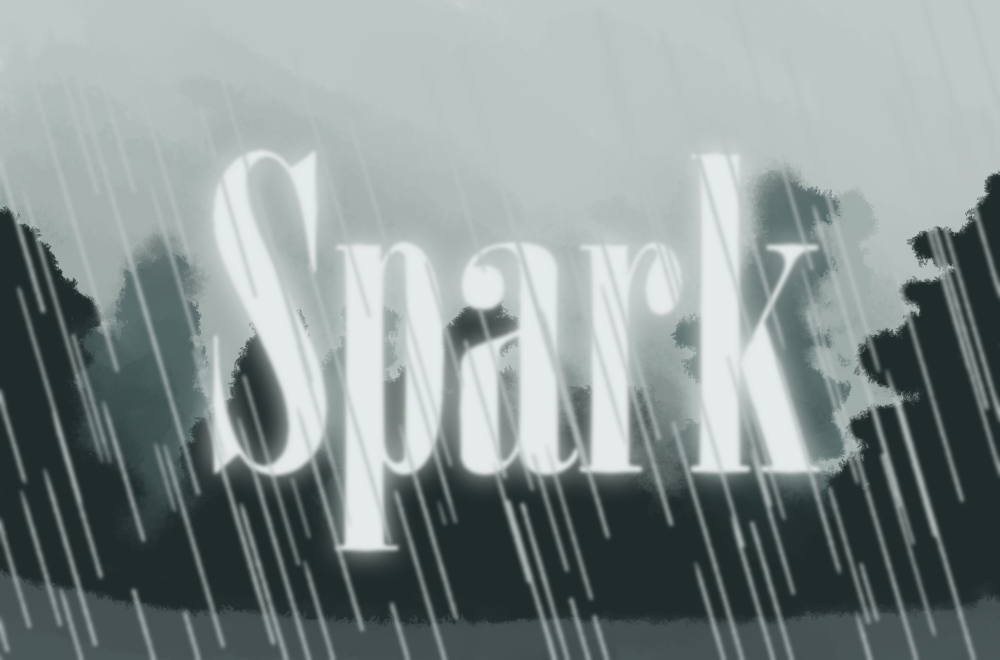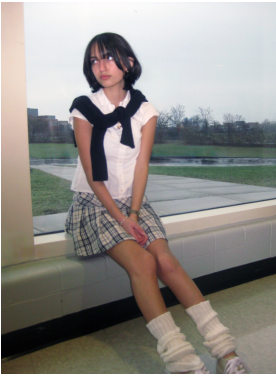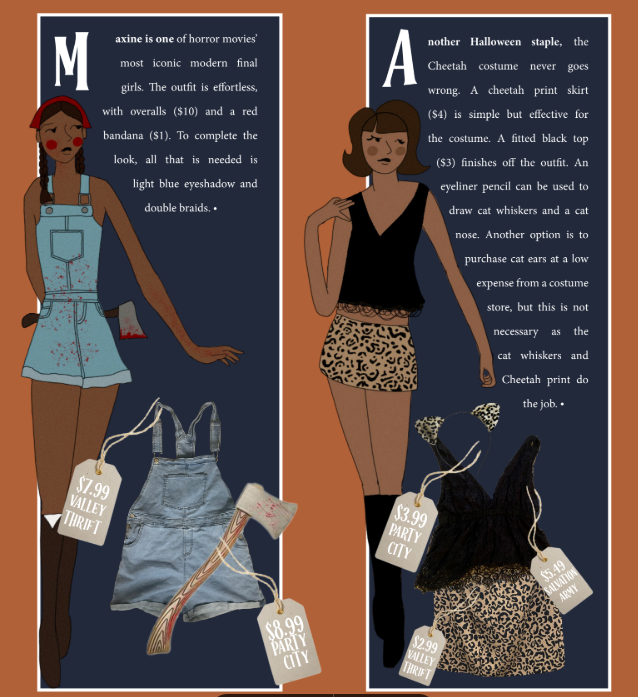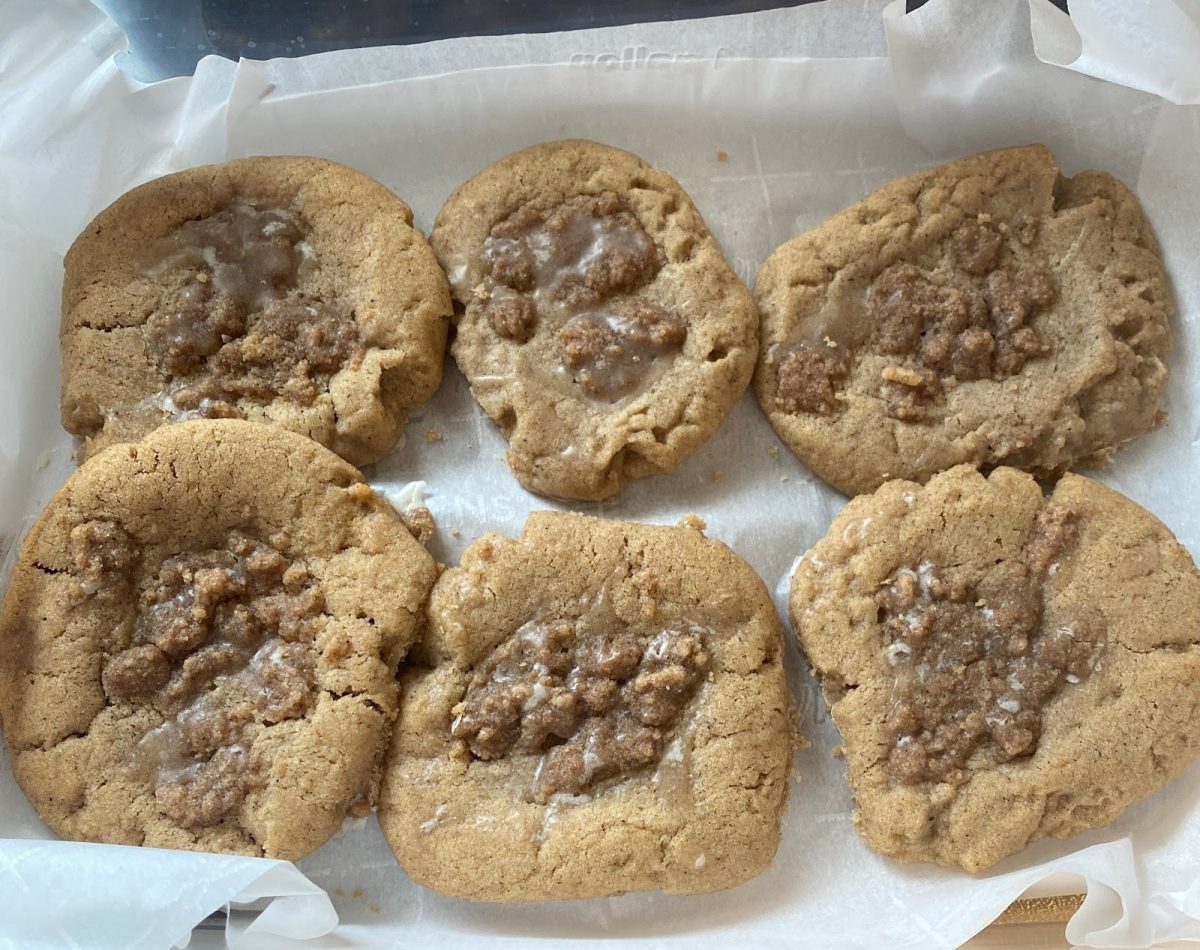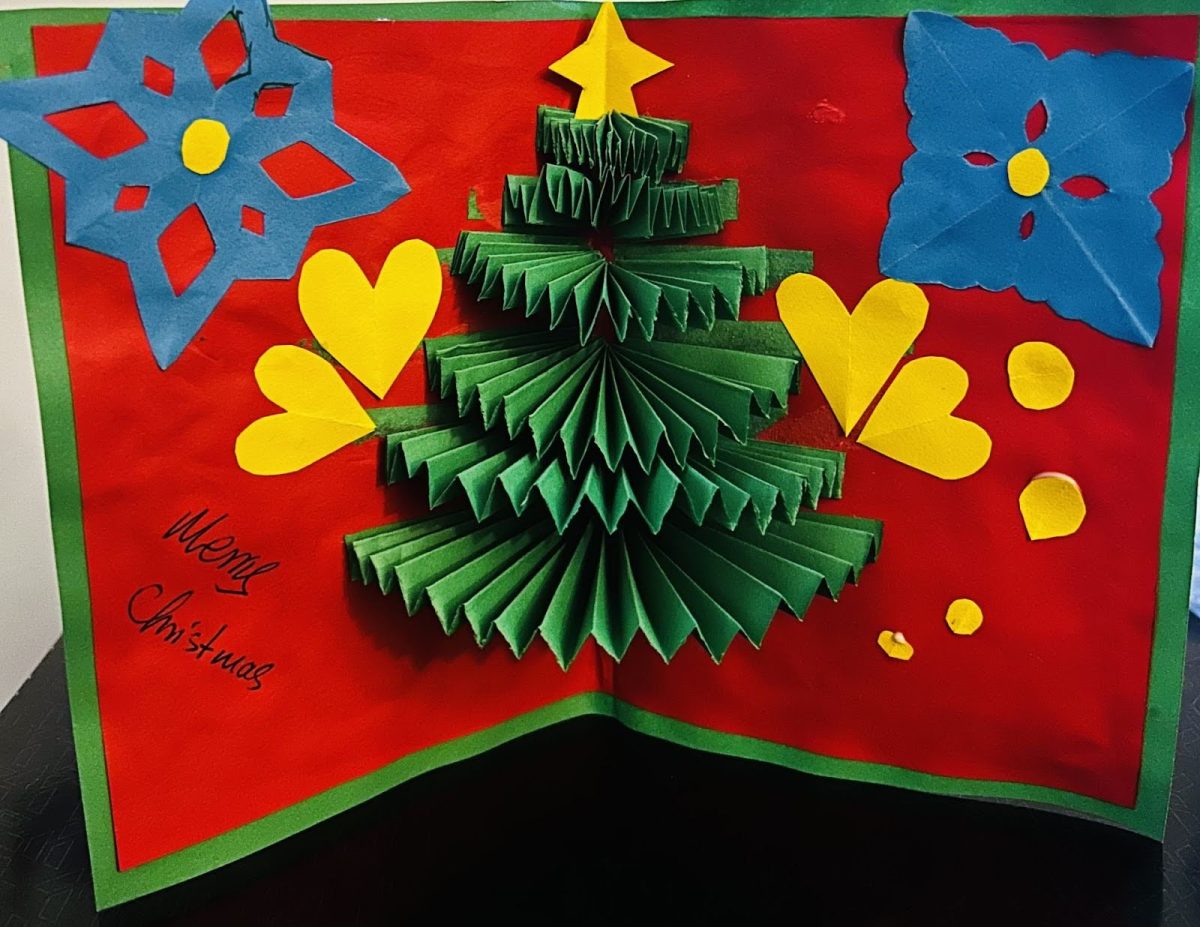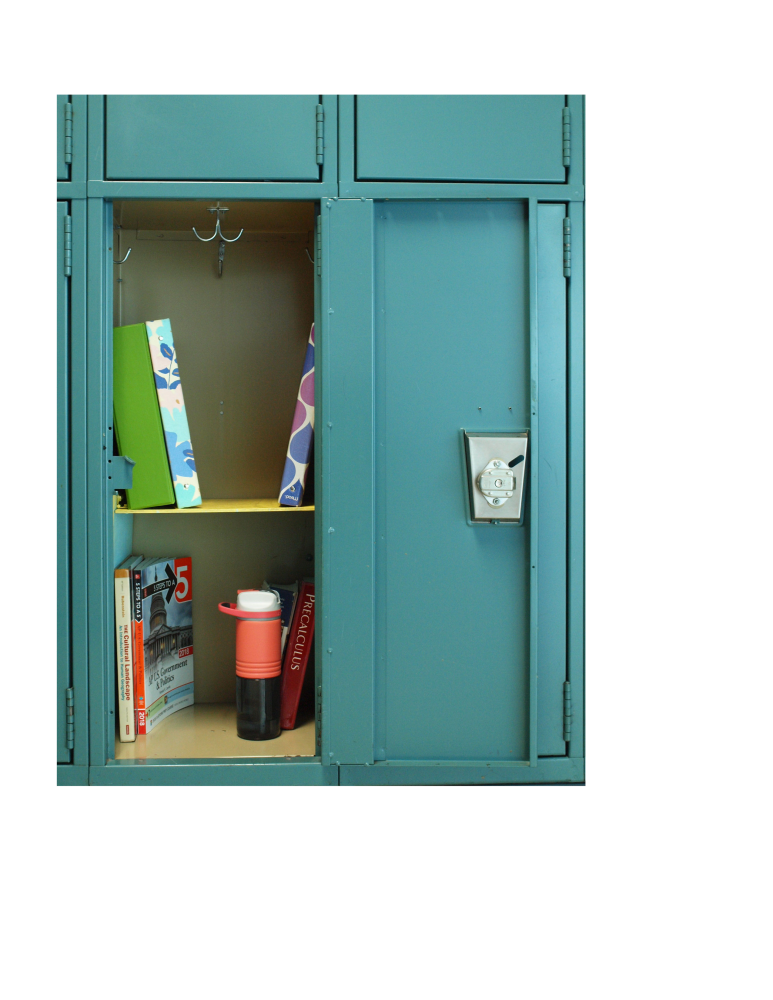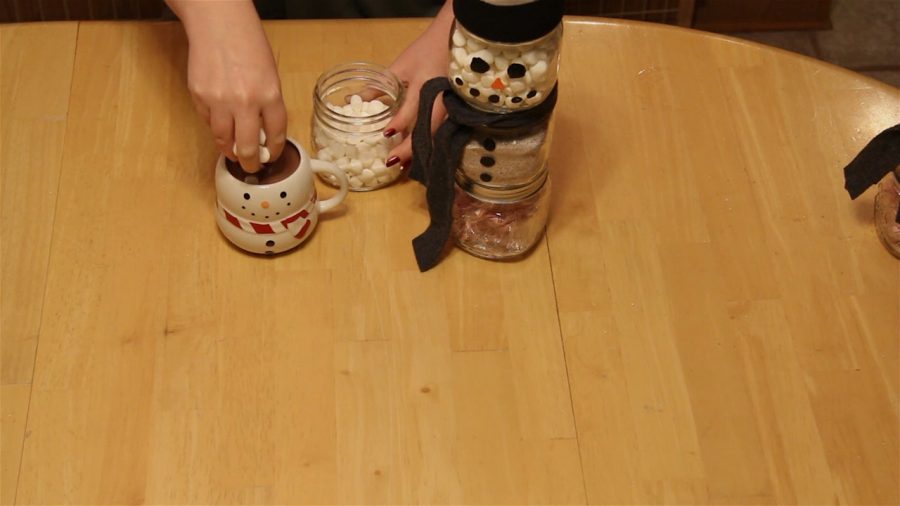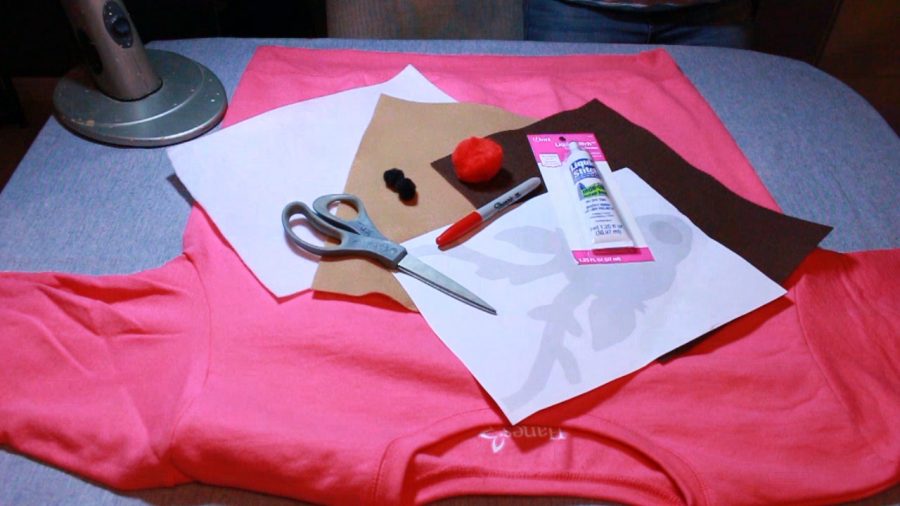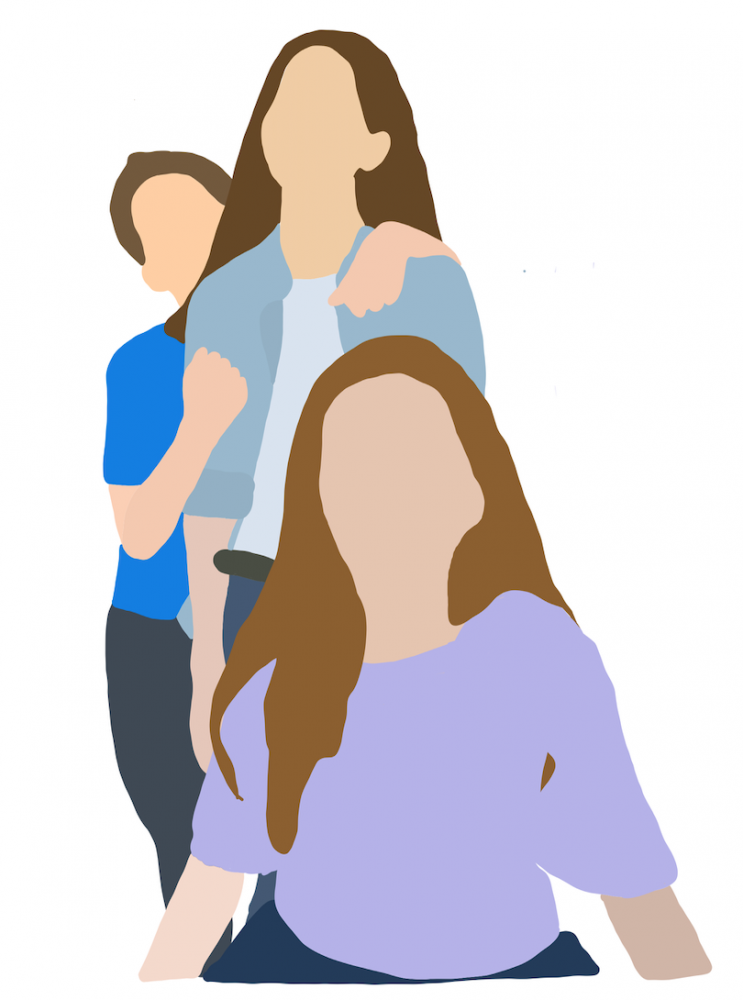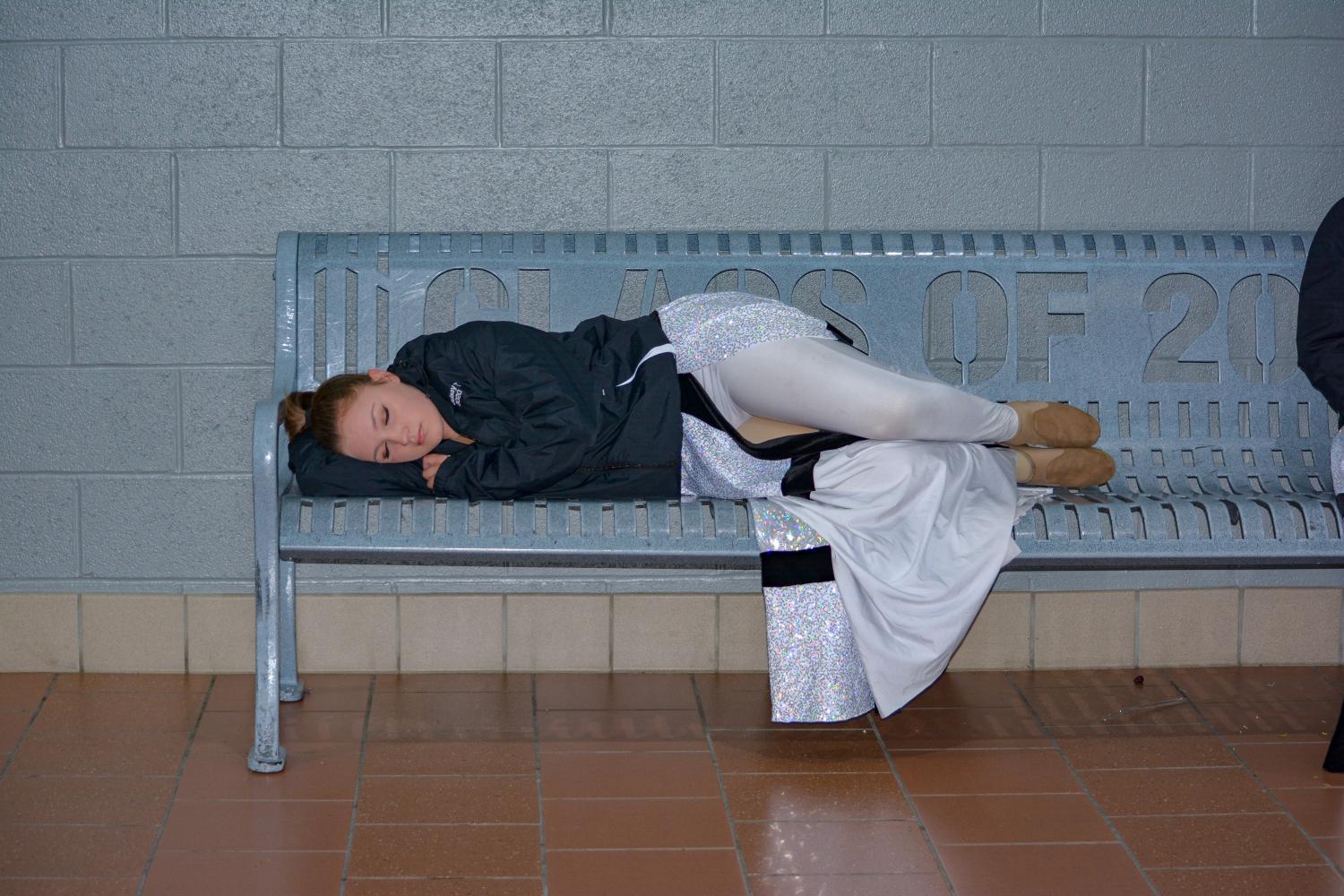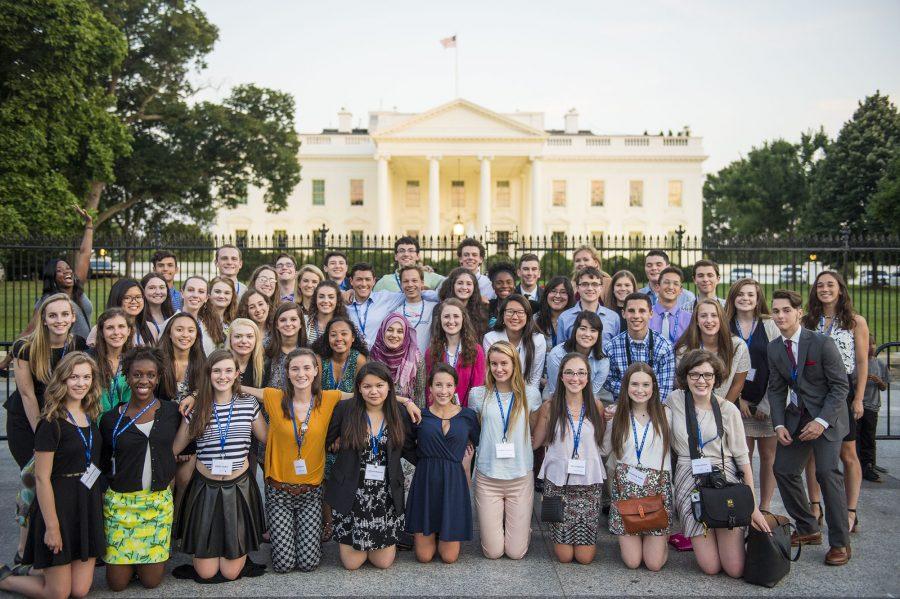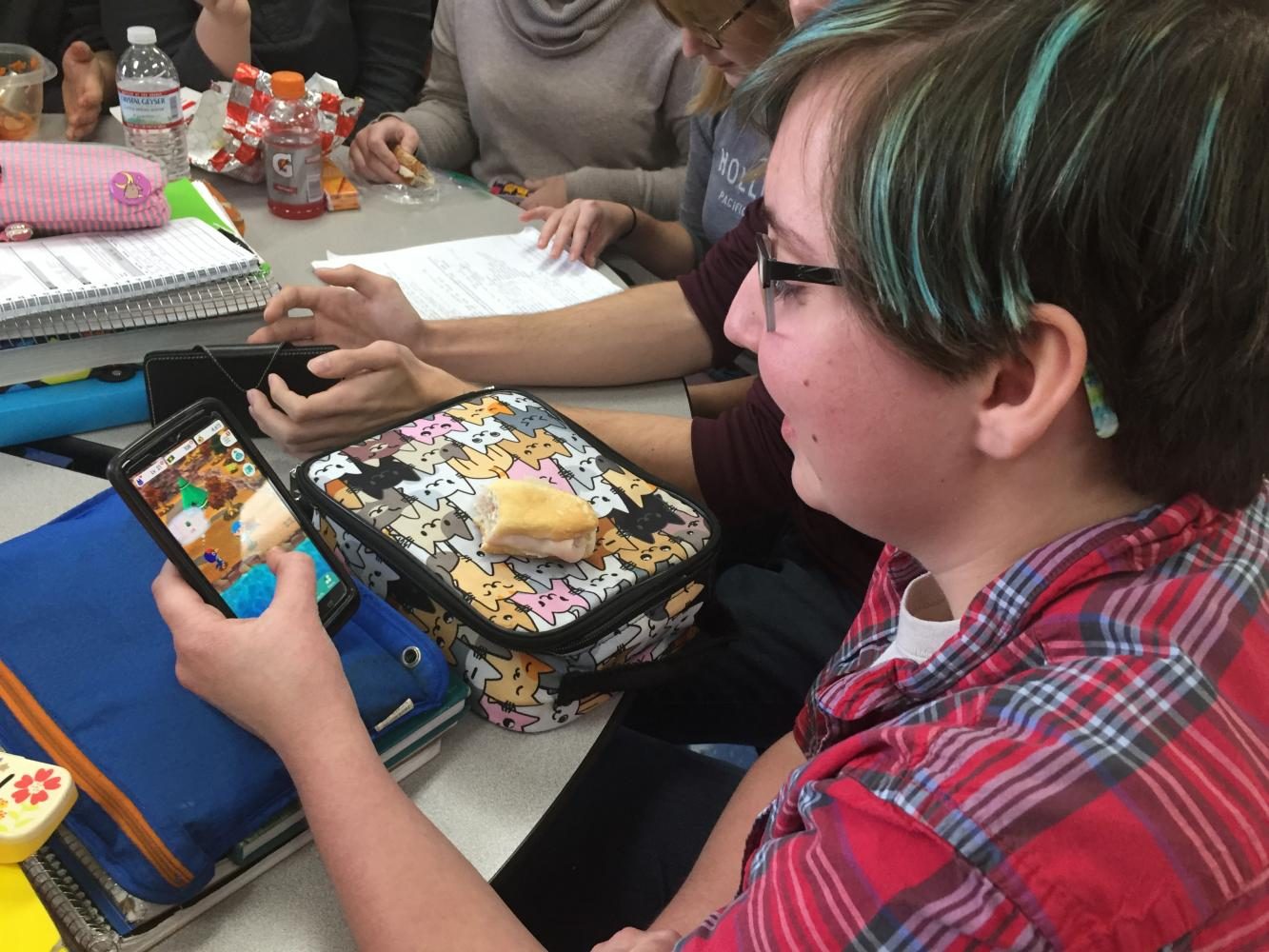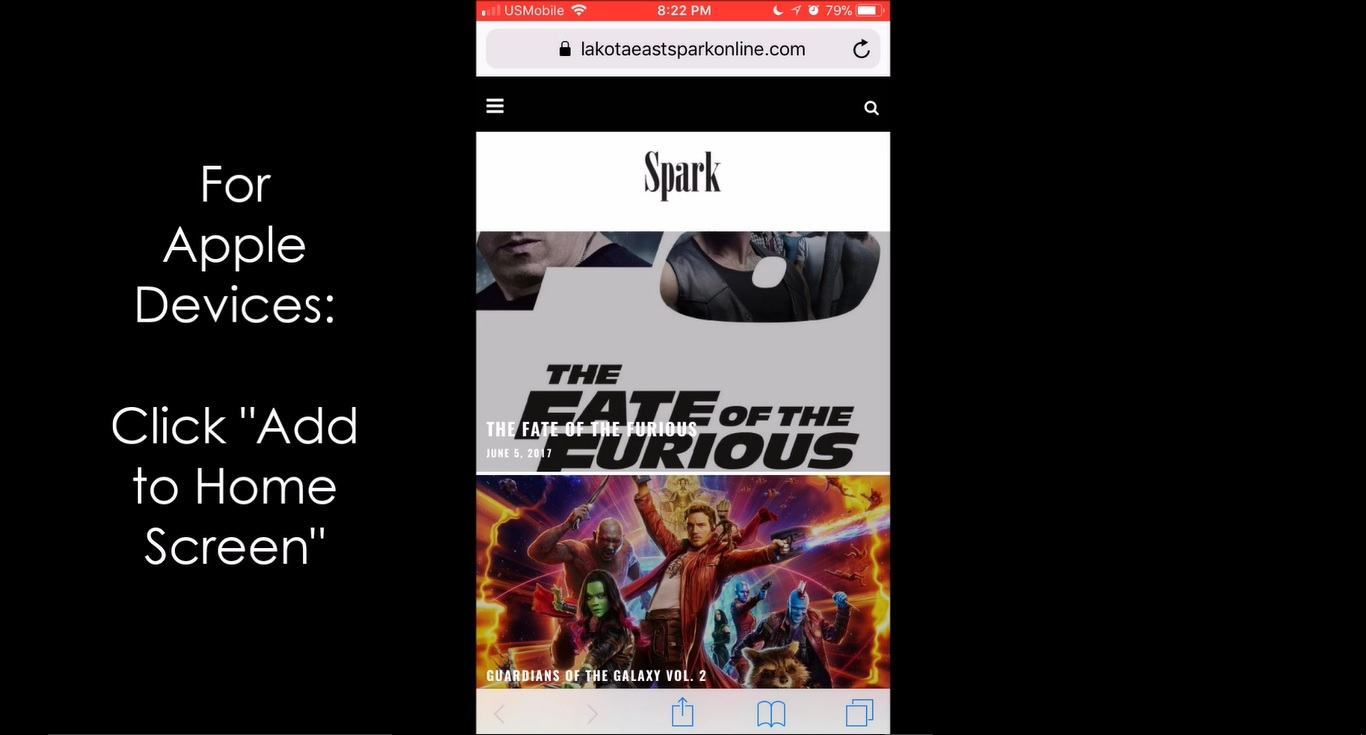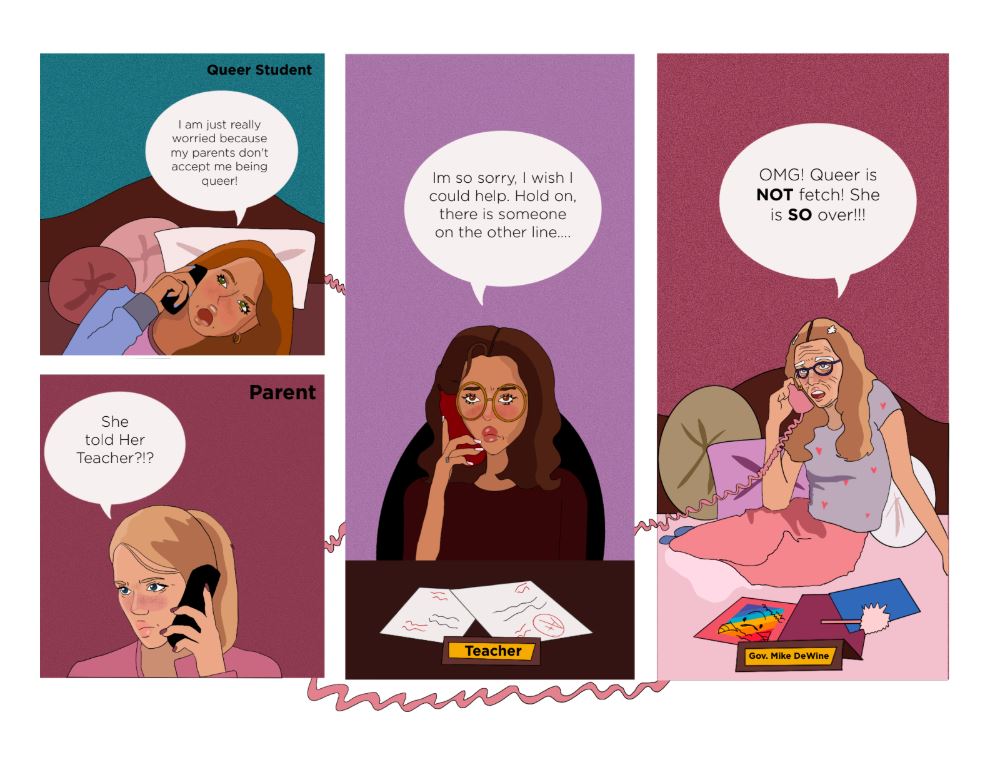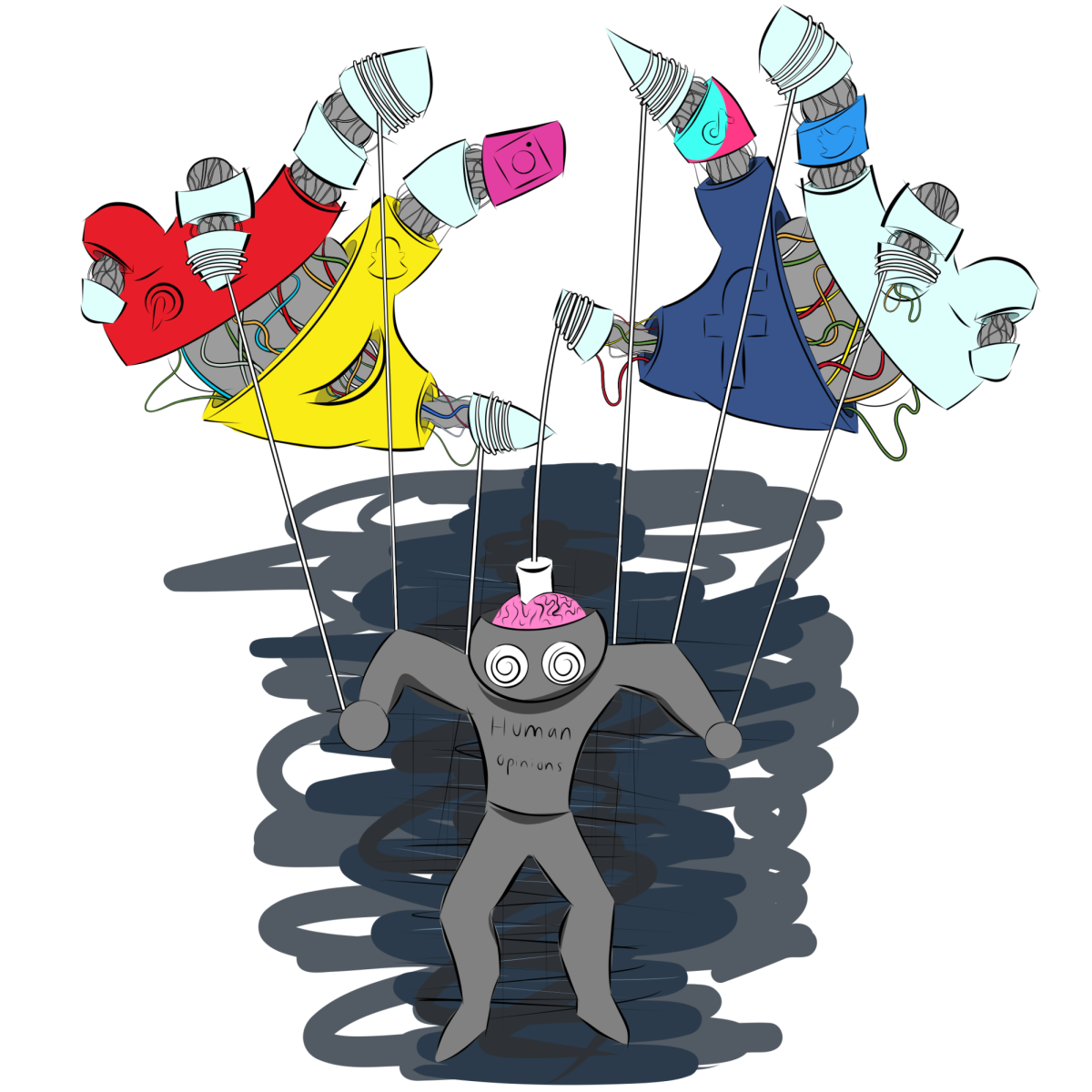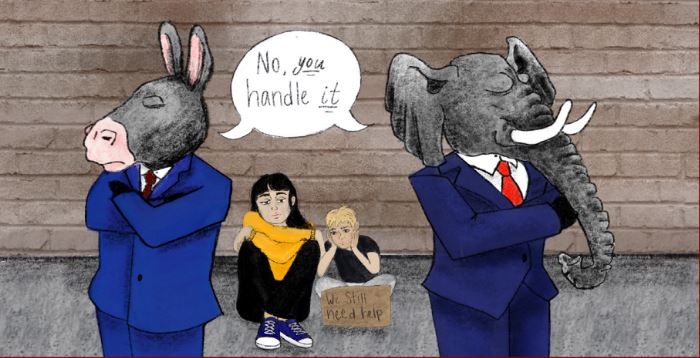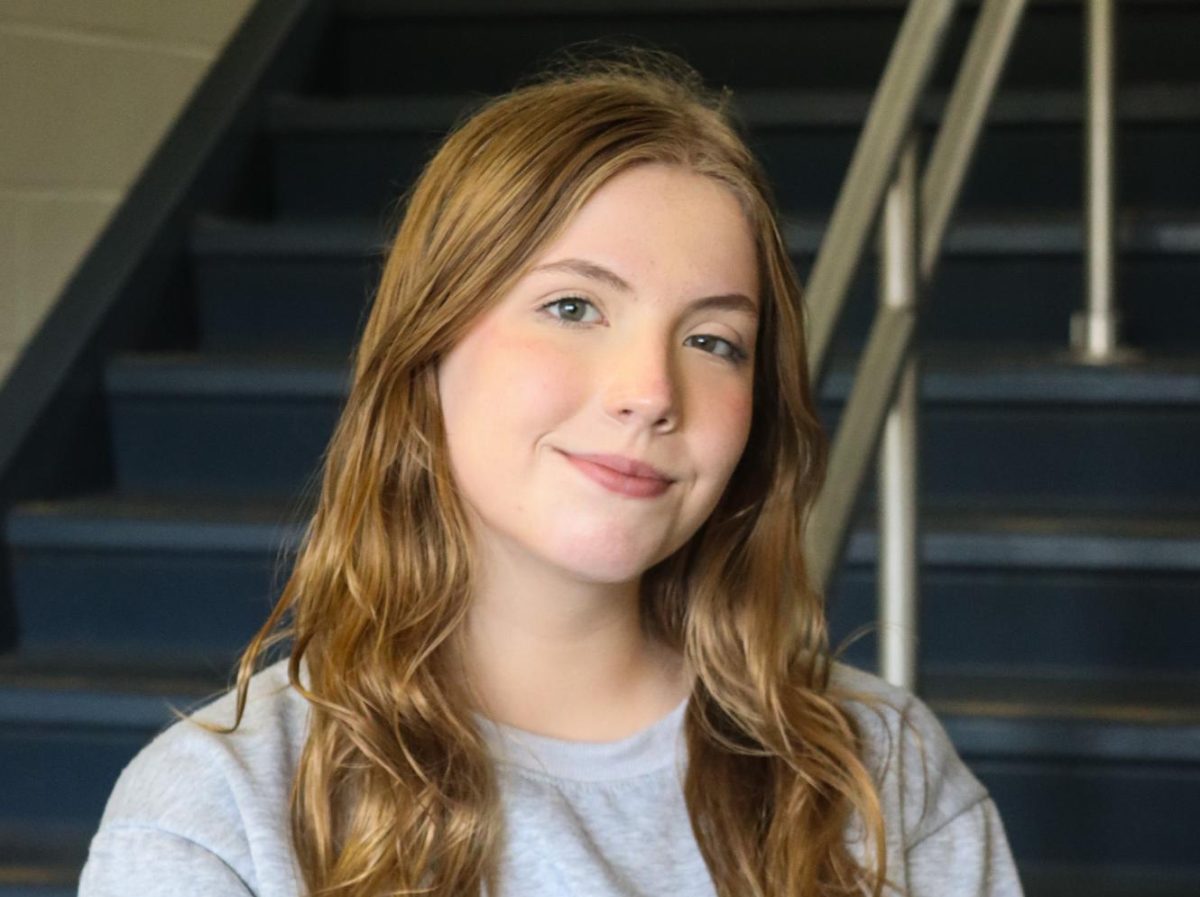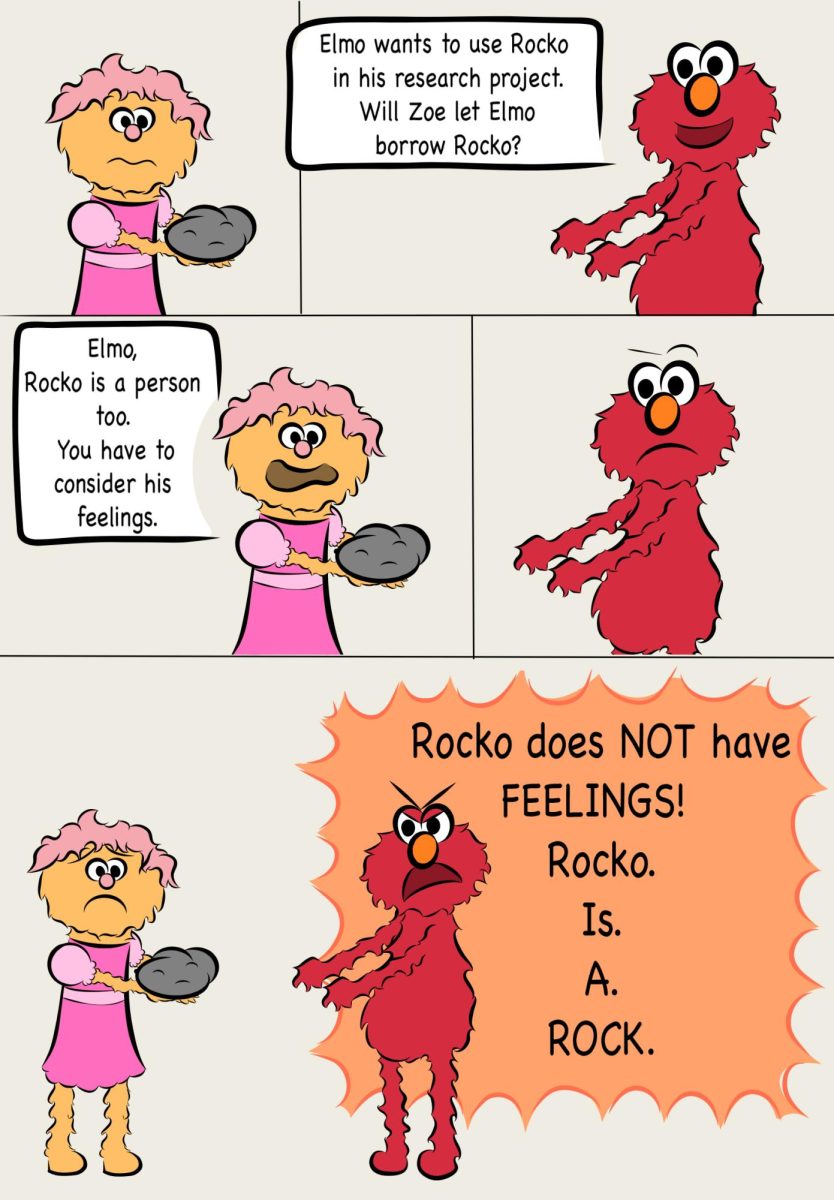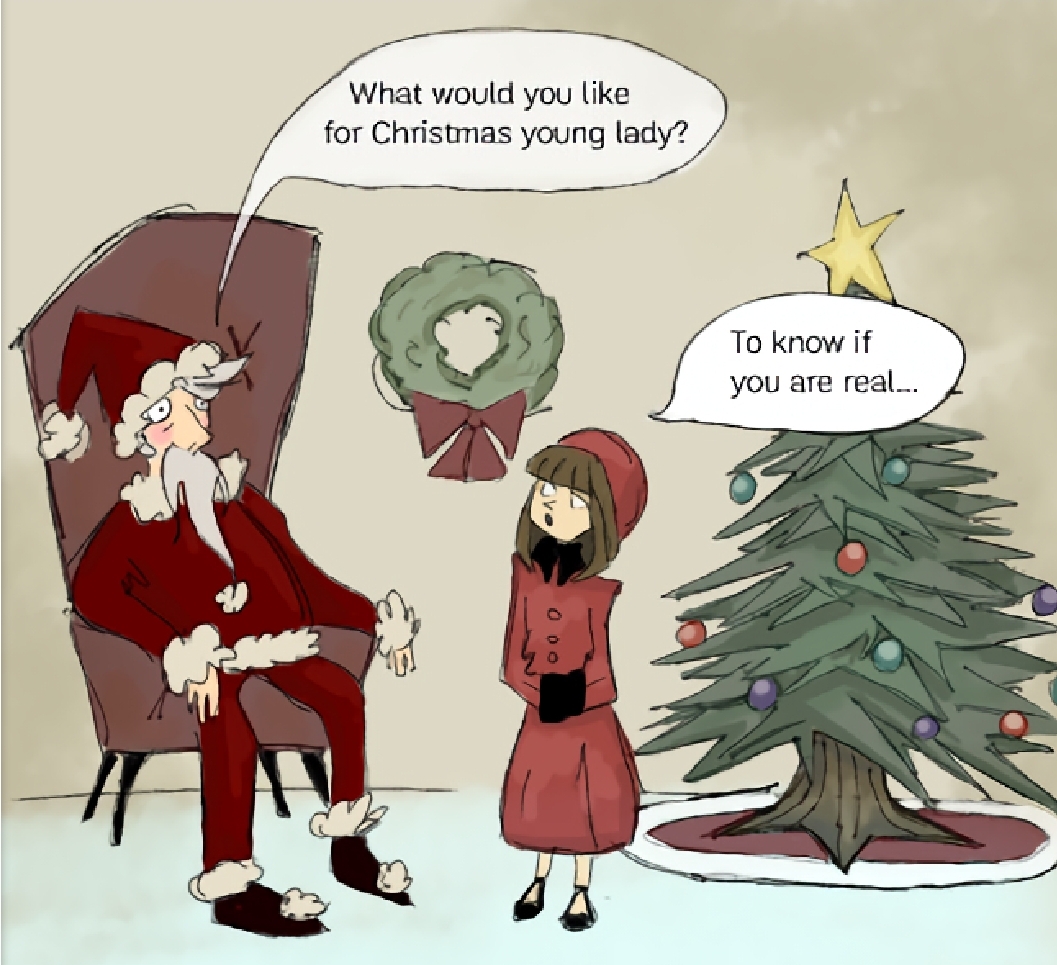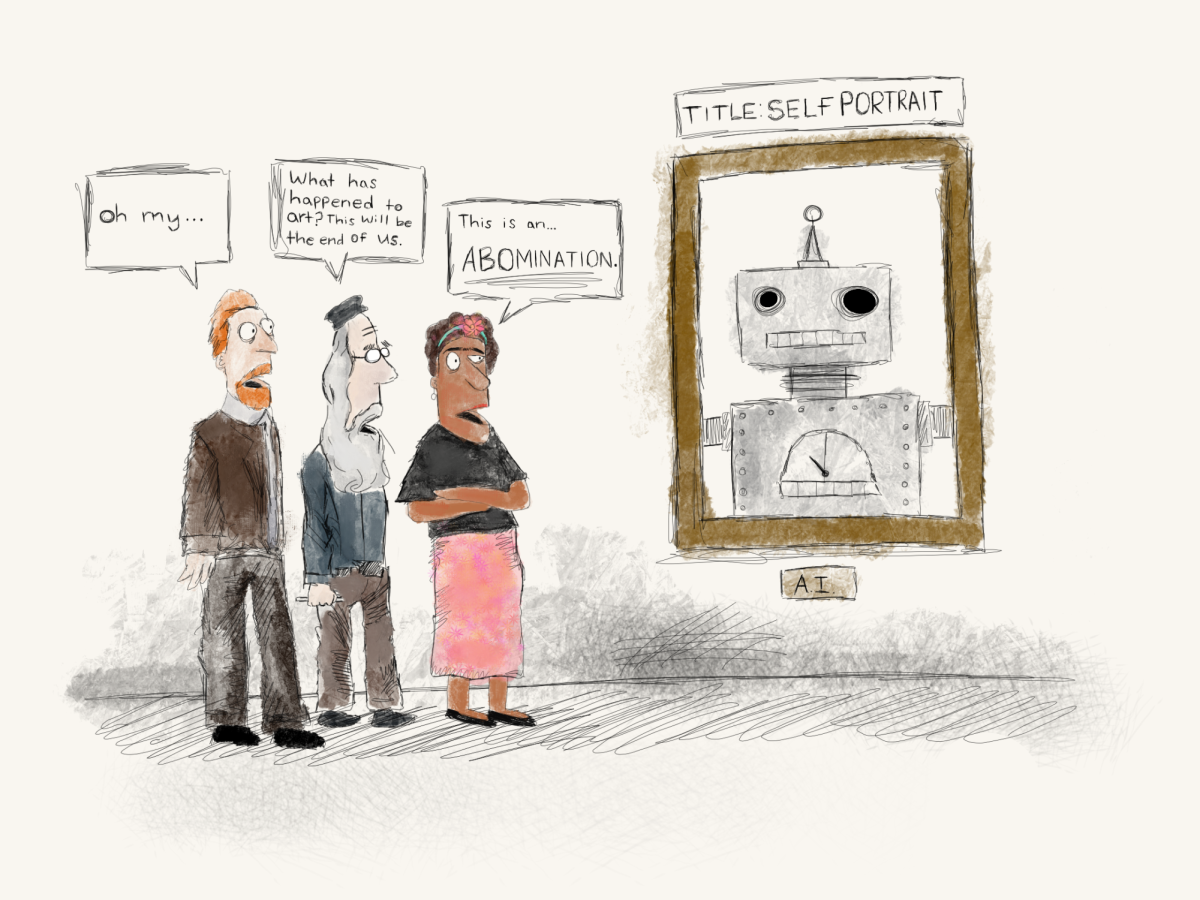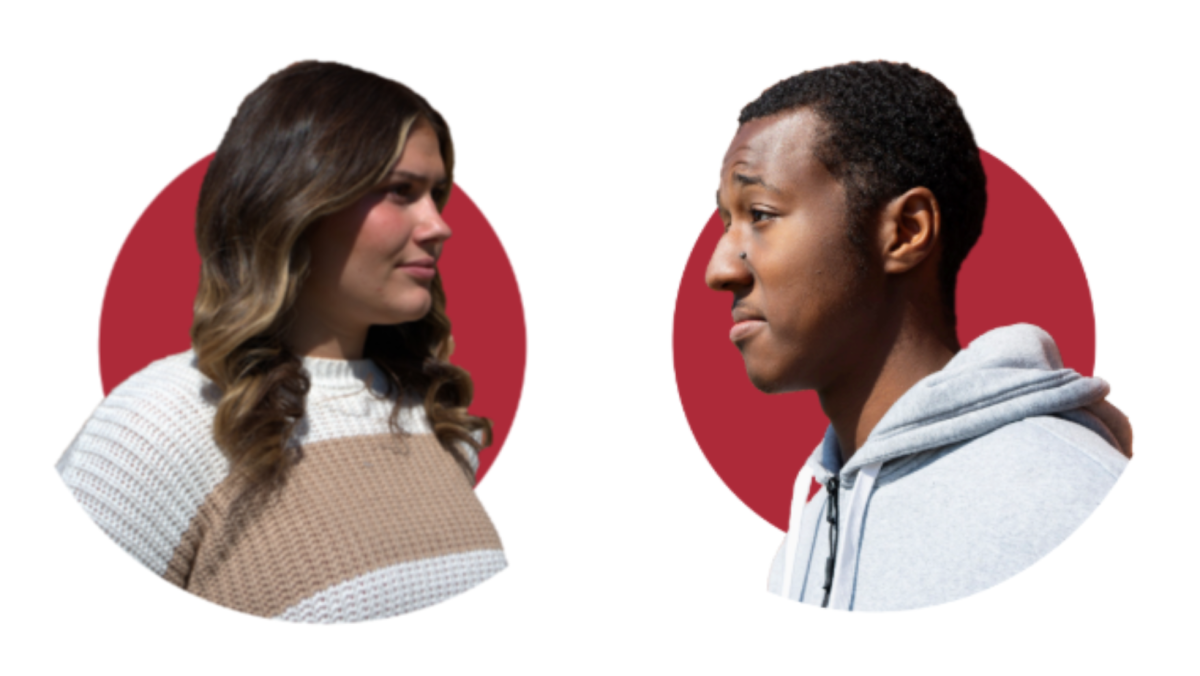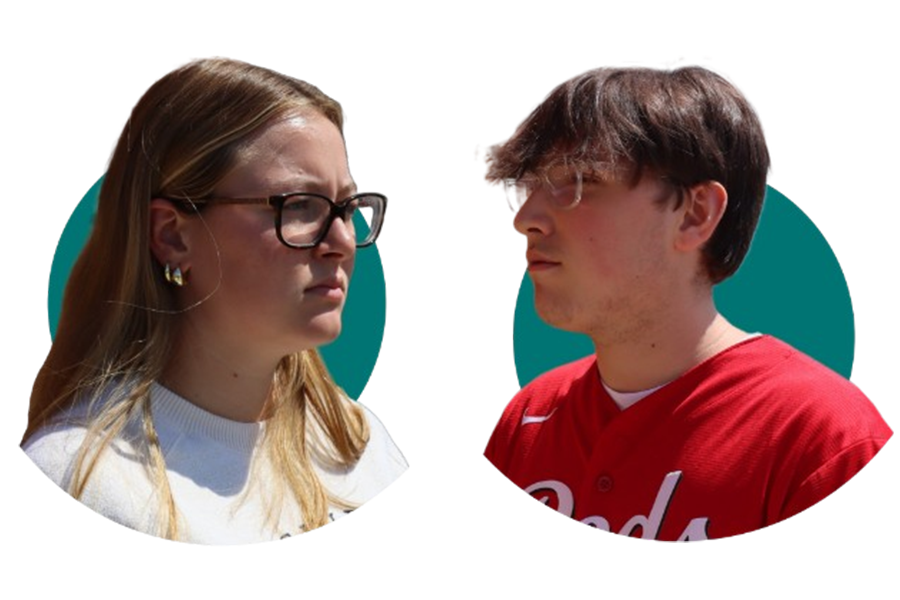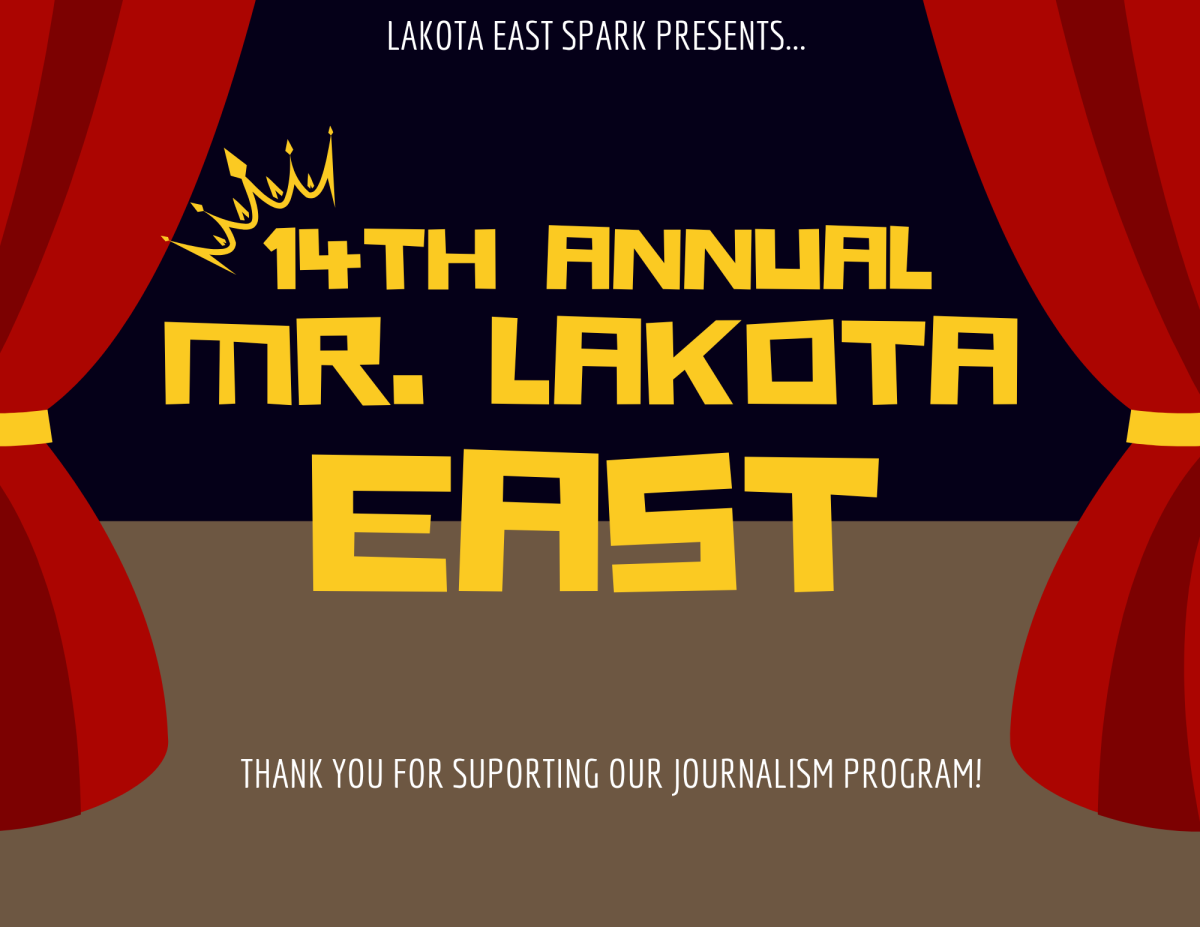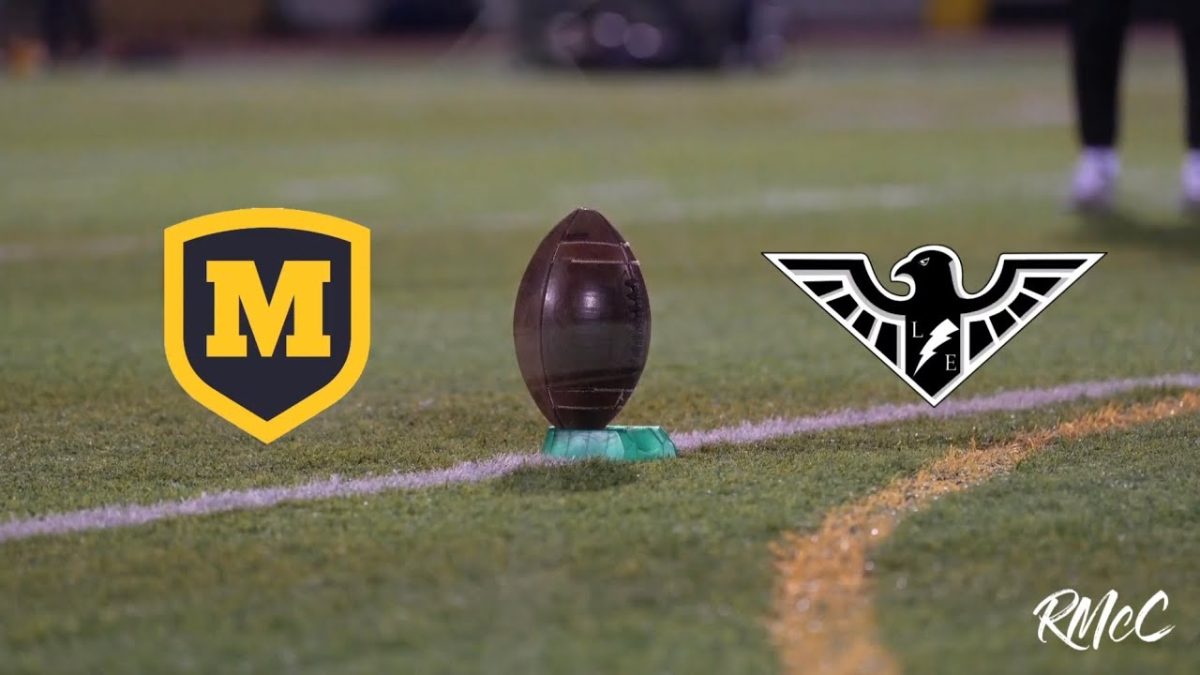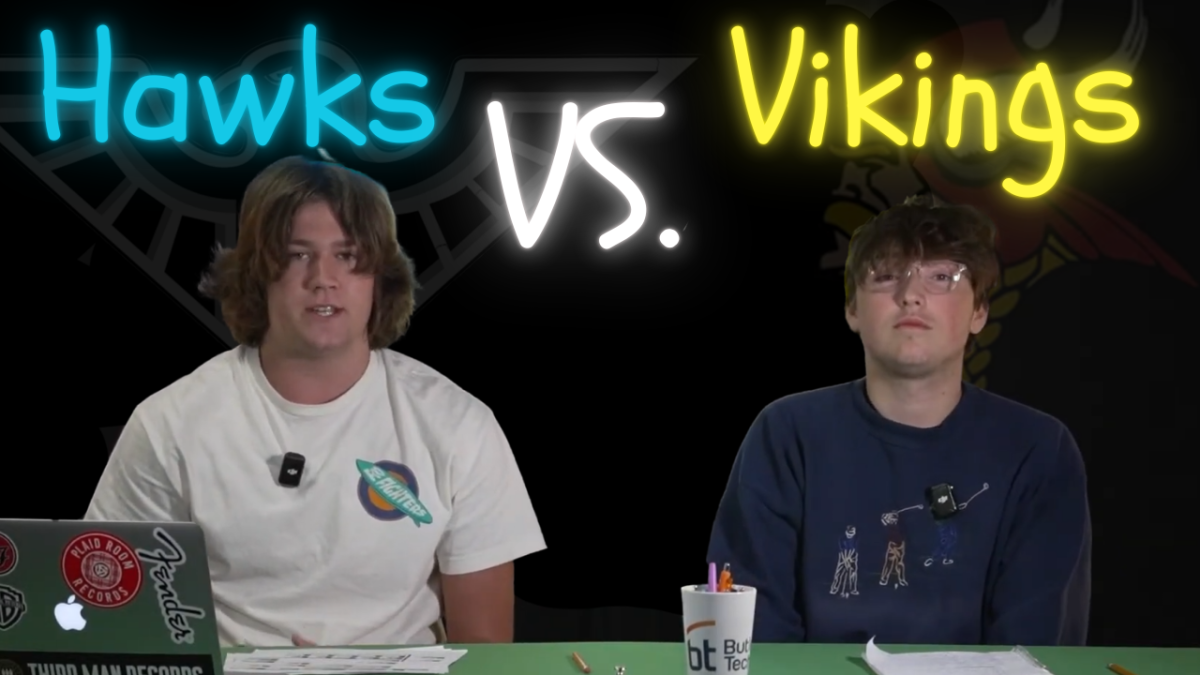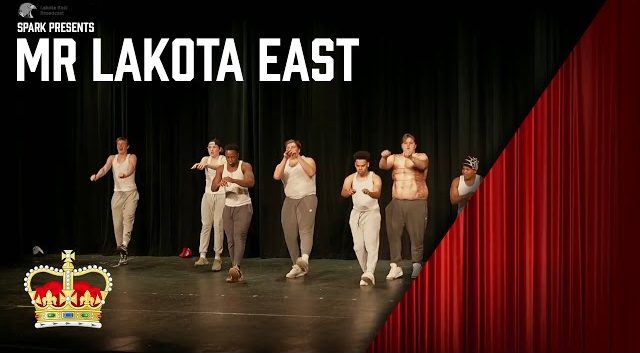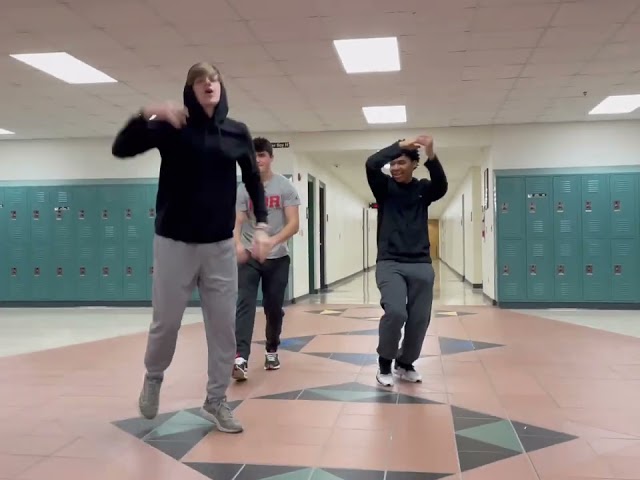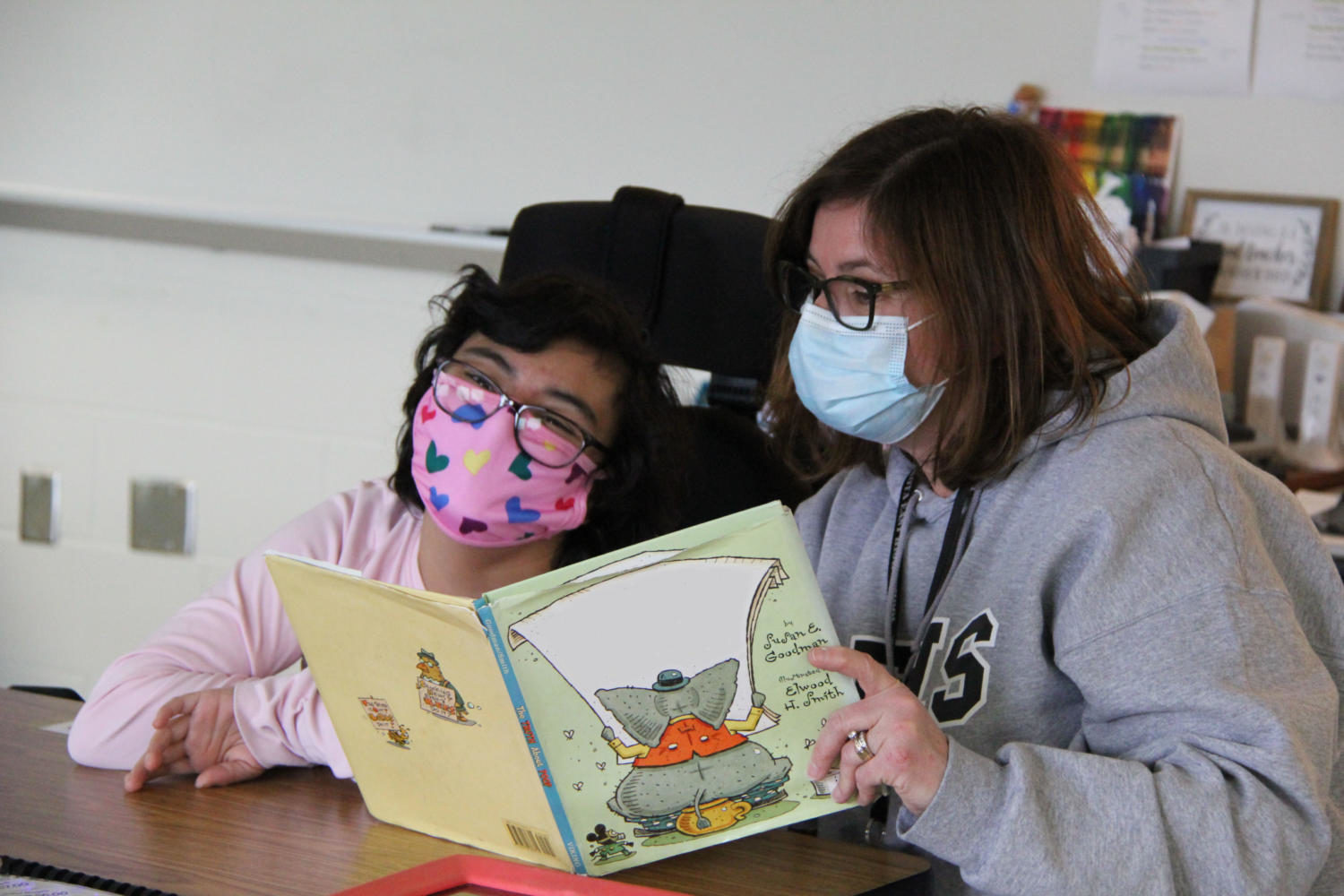STORY AND PHOTOGRAPHY MARLEIGH WINTERBOTTOM
East Special Education student Tyler Holliday and his Instructional Attendant Kathy Guckenbergur sit at their isolated table in the middle of the classroom with plastic tokens scattered all around the table. Guckenberger encourages Holliday as she guides the token in his hand to drop into the slotted container placed in front of him. After being bit by a tick in second grade, Holliday contracted Rocky Mountain Fever, a bacterial infection that can cause damage to the lining of blood vessels, tissues, and organs. Ever since then, Guckenberger has been by Holliday’s side as he suffers from regular seizures.
As Holliday slowly progresses to maneuver the token on his own, Multiple Disability (MD) Intervention Specialist and Department Chair Ellen Bowmann pulls a chair up next to him, clapping and cheering him on. After several tries, Holliday moved his arm across the table to grab a token and successfully dropped it into the container on his own. Guckenberger and Bowmann celebrate with cheers and highfives as Holliday smiles, proud of himself.
“[My favorite part of my job is] being able to see them learn a new task or be proud of themselves,” Bowmann says.
COVID-19 regulations have brought many changes to classrooms for the 2020-2021 school year. Lakota’s Special Education has had to take these new protocols and adjust them to fit the needs of their 1,600 students.
“Special Education has lots of legal obligations,” Lakota Executive Director of Special Services Andrea Longworth told Spark. “We have to continue to provide services and an Individualized Educational Plan (IEP) to the greatest extent possible during the pandemic. It may look a little different, but we’re providing many of the same services.”
Bowmann works in a MD classroom, which requires hands-on activities and instruction to meet her students’ needs. They were provided with safety equipment from the district to use, but social distancing between students and their aides and teacher is not often a reality that can be met.
“We have gloves and we’re provided masks and face shields if we choose to use them,” Bowmann says. “We do the best we can, but we have to be in close proximity to each [student] in order for them to get their needs met.”
With eight people on her caseload, Bowmann assists students aged 14 to 21 (grade 23) with coexisting impairments. Once a grade 23 student turns 22-years-old, they age out of the program and no longer receive their services through the school. Throughout the day, Bowmann and other Special Service Providers work with their students on daily functional skills such as typing, communication, and motor skills.
“We do a lot of hands on activities [in the classroom],” Bowmann says. “We have a bin in the back and we sanitize [objects] after each kid. If it’s something we can’t sanitize, we let it air out for three or four days. I separate the desks six feet, but if you’re working with a kid, you have to be sitting right next to them.”
East Intervention Specialist Sarah Tanis, however, works with 18 students on her caseload who struggle with intellectual disabilities. Her class aligns more with a typical curriculum provided by Ohio Extended Care in which subjects are broken down into simpler and more essential skill focused topics.
“A lot of times, [my students’] disabilities don’t show through as much,” Tanis told Spark. “For example, I have students who are in band and they do perfectly well and it would be hard pressed to know that they have an IEP, because it doesn’t affect them as much in there.”
While both Bowmann and Tanis’s classrooms are part of East’s Special Education Department, their different environments lend the two programs to be separate, with the exception of when they have a student in common. One program they have in common, however, is the Work Study program where students are given the opportunity to work in the community to acquire more everyday life skills.
One of Bowmann’s grade 23 students, Ashleigh Rosczuk has a fascination with dates. When given a date and a year, she can recall what day of the week it falls on. Therefore, for her Work Study, she spends her mornings at CVS scouring the shelves for foods with expired expiration dates. She also goes to the Boys and Girls Club in the afternoons to help clean.
“Because of the pandemic, we’re not able to have [many] opportunities because many partners have chosen that they don’t want to have students coming into their buildings at this time,” Tanis says. “We’re still doing the best we can to provide them valuable work experiences.”
Before the pandemic, Bowmann and Tanis’s classes would take weekly trips into the community to work on recreational, retail, and everyday life skills.
“For recreation, we went to Niederman Farm and we were able to pick pumpkins, go on hay rides, and go on the pillow,” Tanis says. “For retail experience, we went to Dillard’s one year and picked out prom dresses and got fitted for tuxedos in the spring. We’ve also gone to Target to pick out clothes that we would wear to an interview.”
When Lakota Local Schools announced the transition to remote learning in the Spring of 2020, Tanis had to find new ways to incorporate these experiences virtually.
“[During remote learning], my kids got to go to Disney World and the Galapagos Islands virtually,” Tanis says.
When COVID-19 protocols began to buckle down, families of Special Education students and Intervention Specialists worked together to create a plan that would work best for the student.
“Some parents didn’t want to Zoom because they knew it wasn’t realistic or they had to work and they couldn’t be there for the kids,” Bowmann says. “Other parents wanted worksheets at home so we would make copies and send things home. I was never so exhausted in my life.”
Zoom, however, was not always an effective option according to Bowmann.
“Face to face, you can see the animation and you’re not staring at a camera. You can totally tell that they’re there,” Bowmann says. “[On the computer], they were not being as productive or interactive as they would be if we were in school.”
While some classes were able to Zoom as a class in the Spring, Tanis could only work with her students one-on-one.
“We weren’t allowed to have our classes together, so that was a challenge, but it allowed us to have individual time with each student,” Tanis says. “A handful of my kids were able to be independent. I could post things on canvas and they could check every day if my directions were explicit enough.”
Both Bowmann and Tanis note that the hardest part of remote learning for their students was the lack of socialization their kids thrive off of.
“[Remote learning] was absolutely horrible because they had no interaction. They can’t call or FaceTime their friends [like others can],” Bowmann says.
While we are now back in school, socialization is still a struggle for Special Education students. In a typical year, Bowmann holds the club for Special Opportunities, Abilities, and Relationships (S.O.A.R.), where East students can go down to Bowmann’s classroom to do activities with her Special Education students.
“[The hardest part this year is] the social interaction,” Bowmann says. “I have SOAR, which I’m not doing this year. It’s where the typical kids can interact with our kids. We can’t have that because they can’t be close, so they don’t have that social aspect.”
After being thrown into remote learning this past Spring, teachers such as Tanis have had to learn from each other new teaching tactics and COVID-safe activities.
“A lot of [East Special Education teachers] belong to Facebook groups for teachers on campus and special education teachers, so we’re learning a lot of different things from other teachers around the country which has been really helpful,” Tanis says.
With experience and new knowledge, Lakota has begun preparing and thinking ahead to what remote learning for the Special Education Department would look like if we had to go virtual again, making adjustments to better the program.
“Many things we did in the Spring, we’ve refined, making sure we’re providing the best tools possible,” Longworth says. “Because we’ve had time to plan, instead of a flip of a switch, like in the Spring, we will be able to provide a better and more comprehensive type of education to our students.”
However, while plans have been discussed, nothing is set in stone.
“Everything is on the table at this point in time,” Longworth says. “We’re exploring all options.”
As the token drops to the bottom of the container and the cheers begin to fade, Holliday and Guckenberger move on to their next task, ready to learn something new and celebrate once more.


